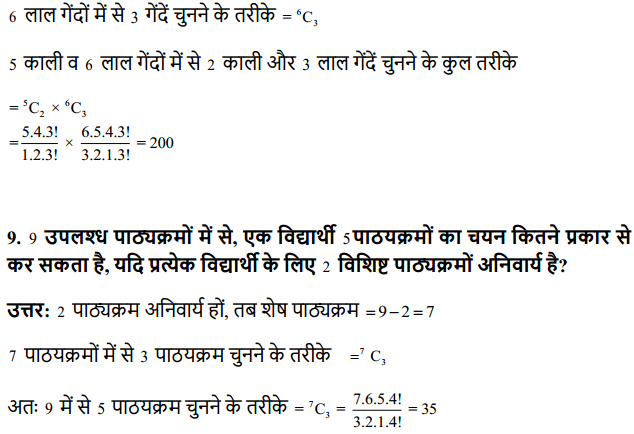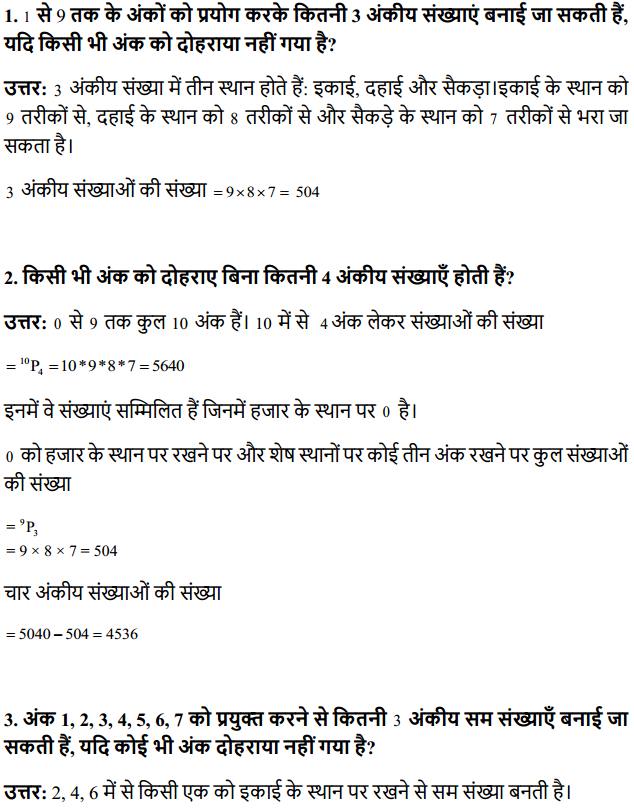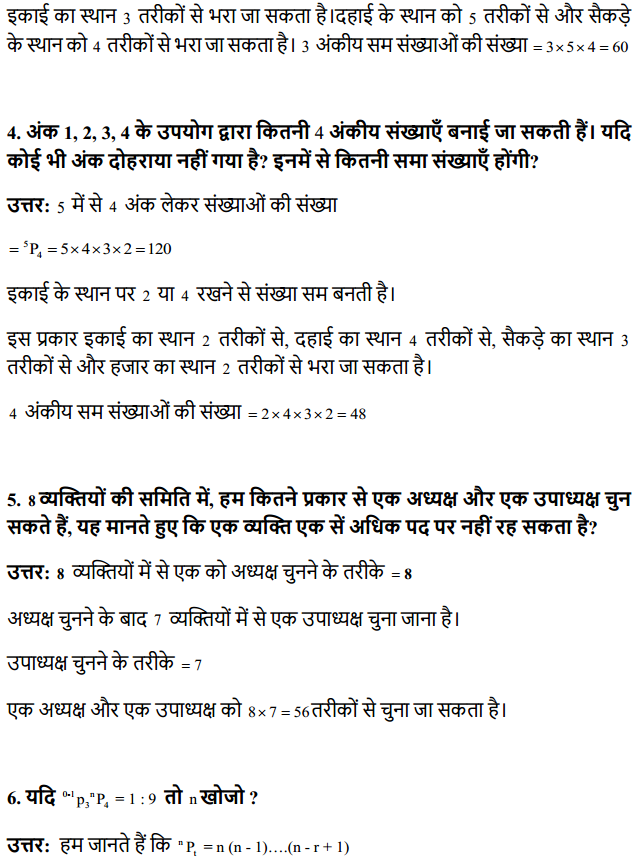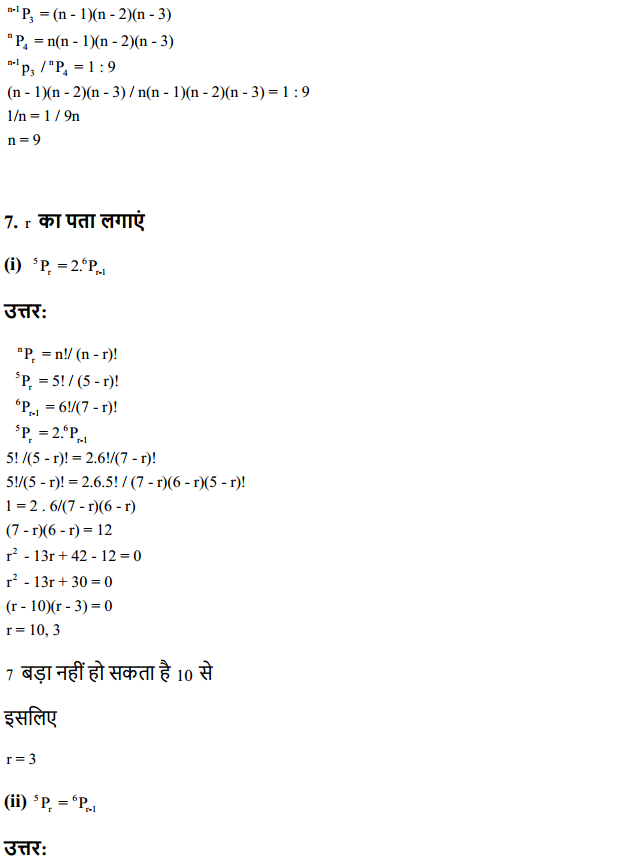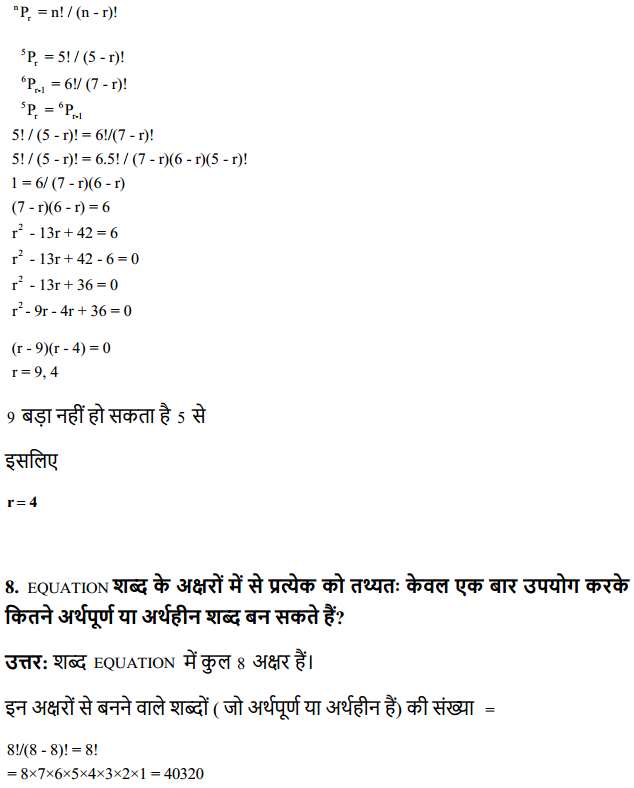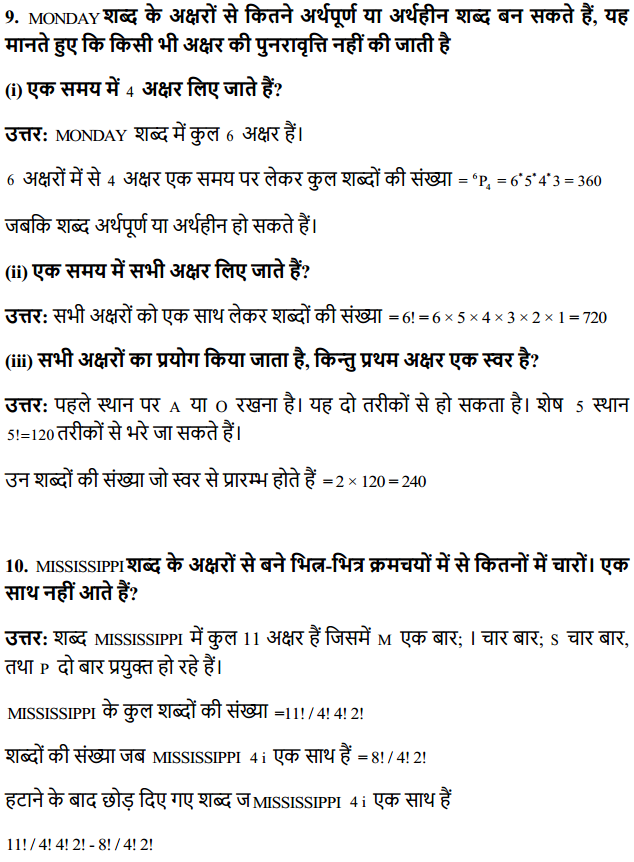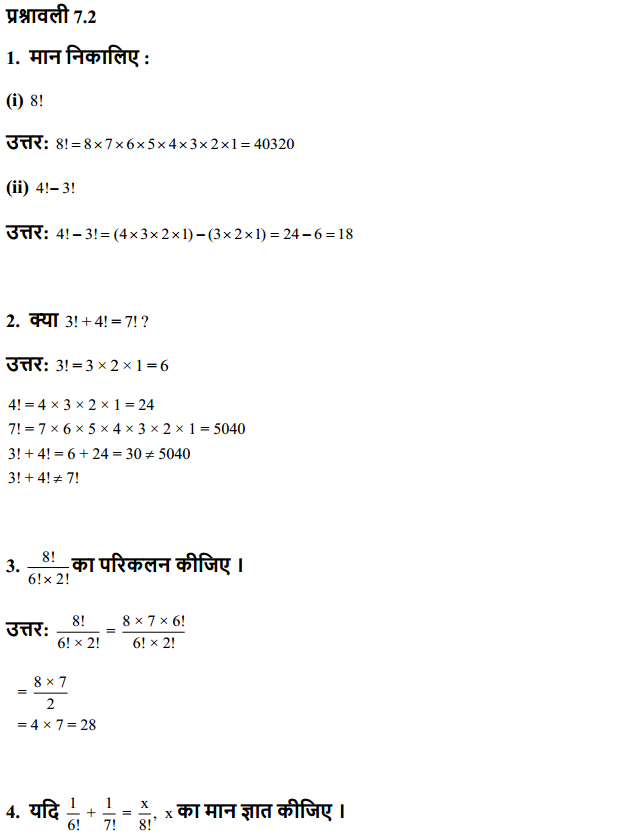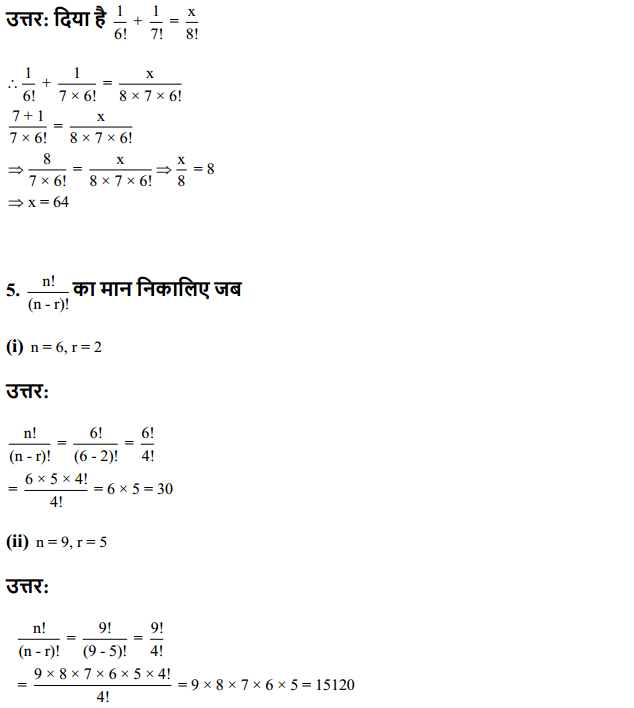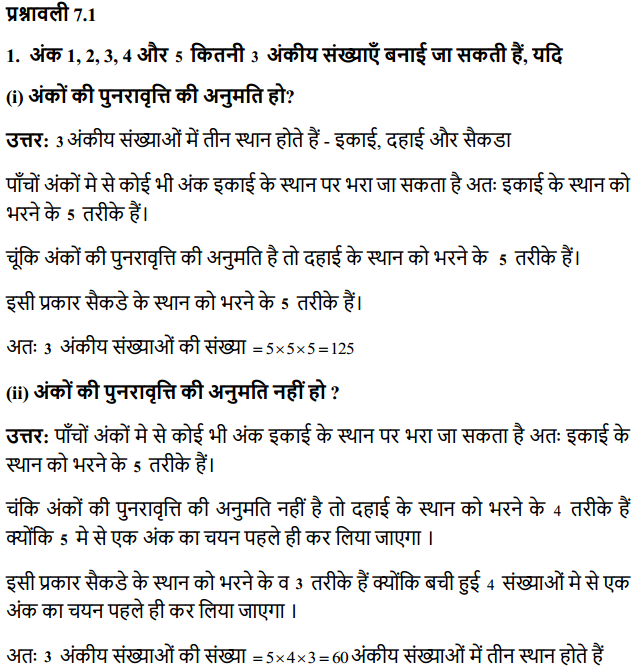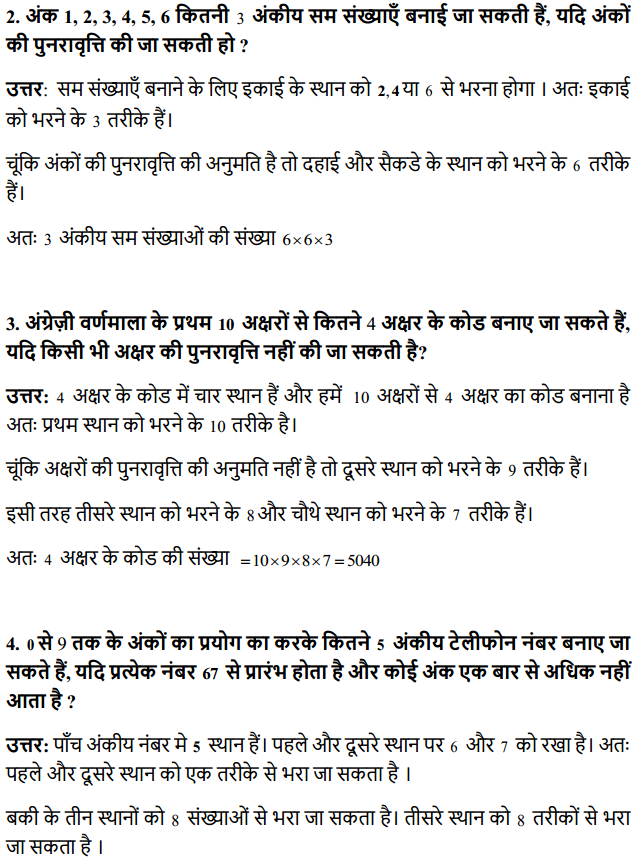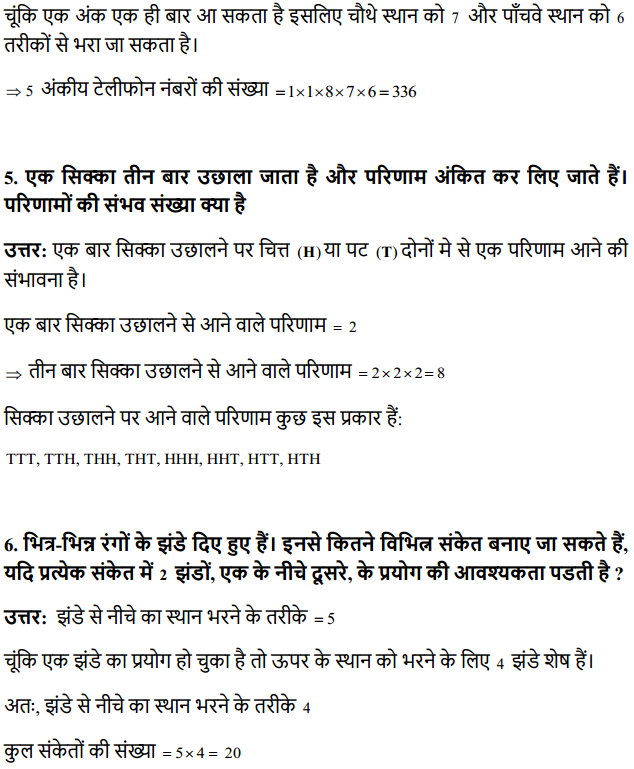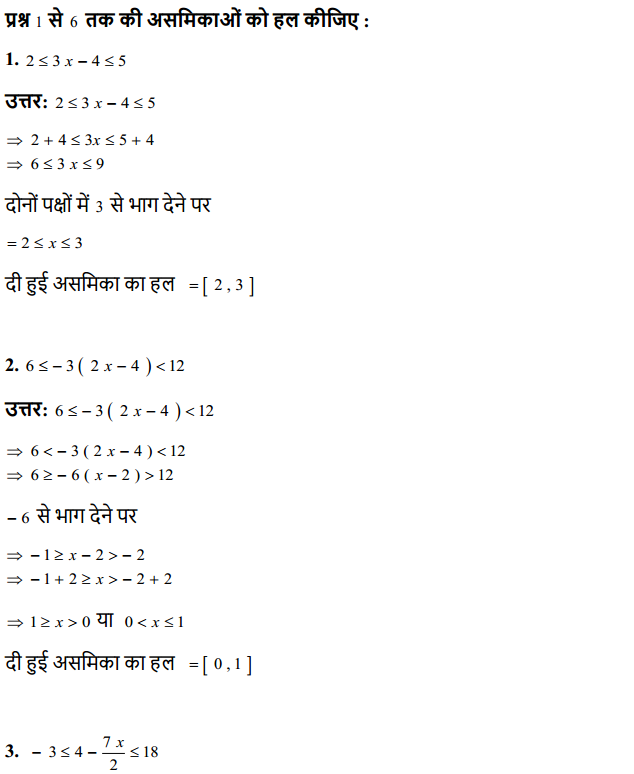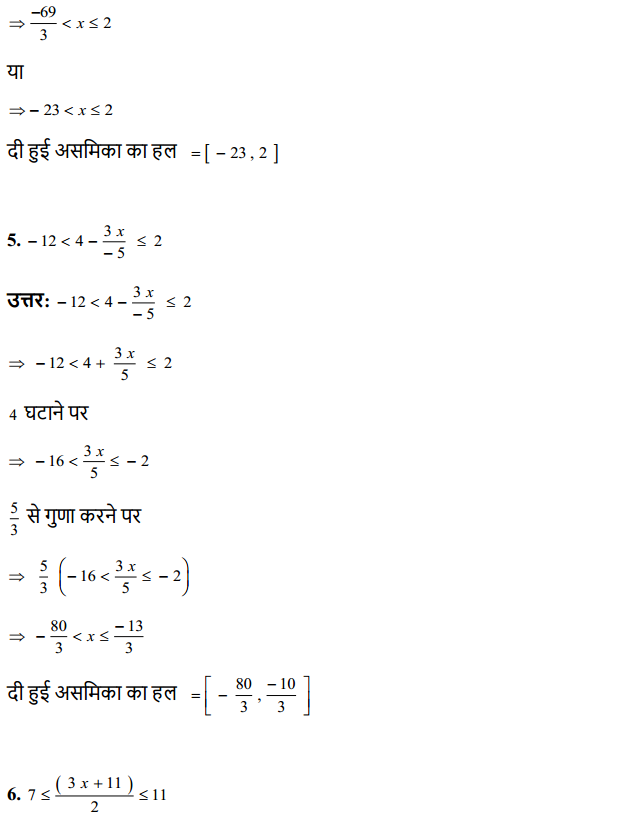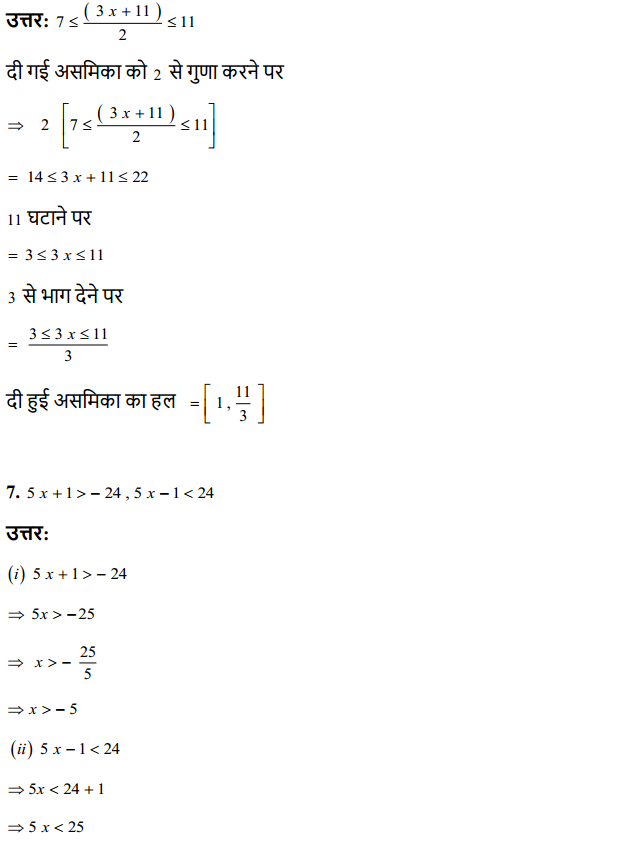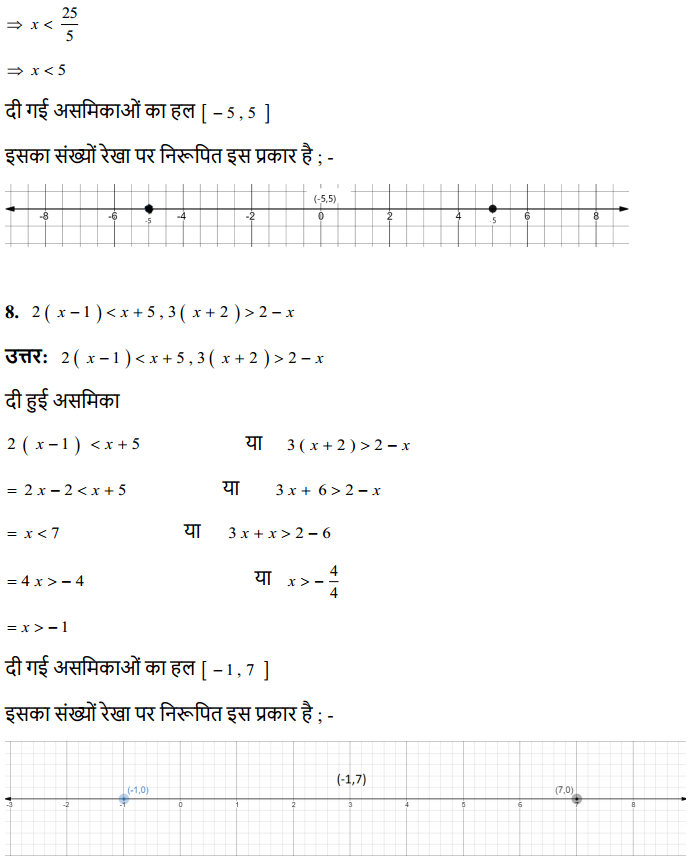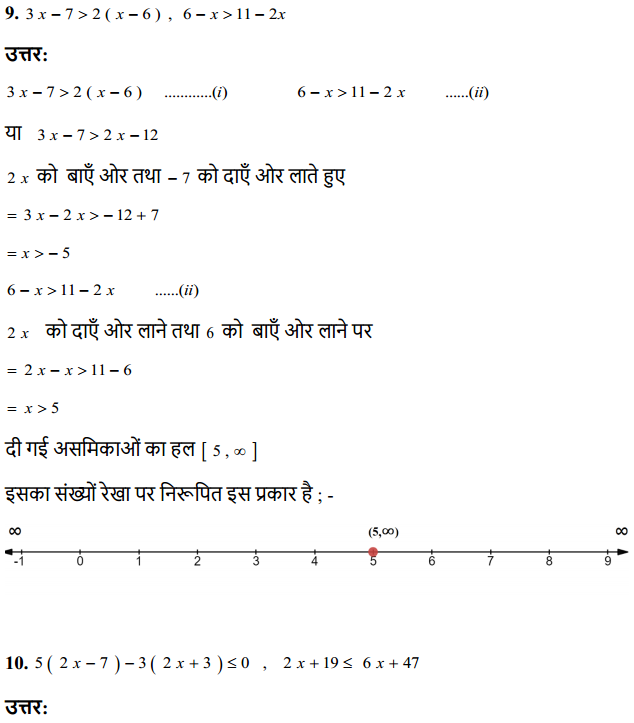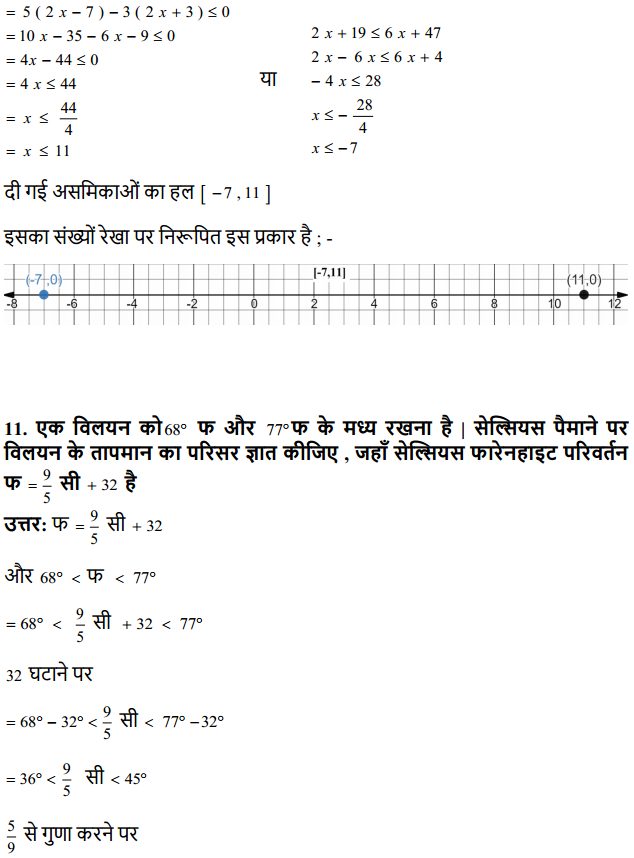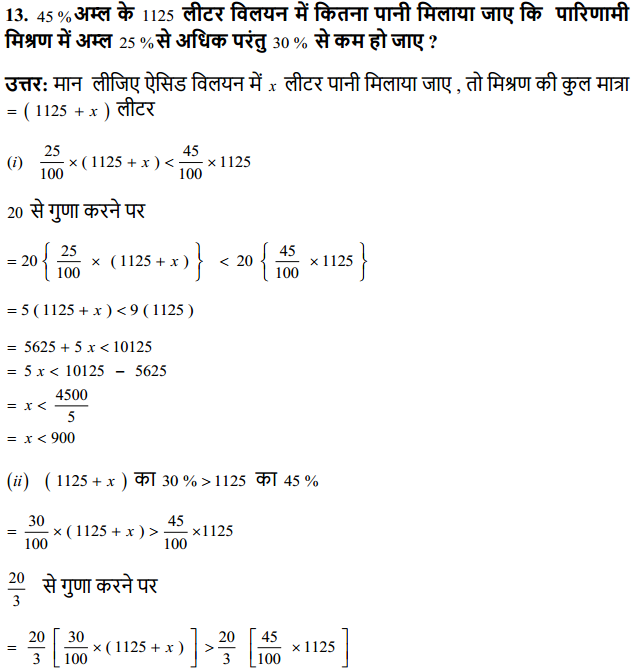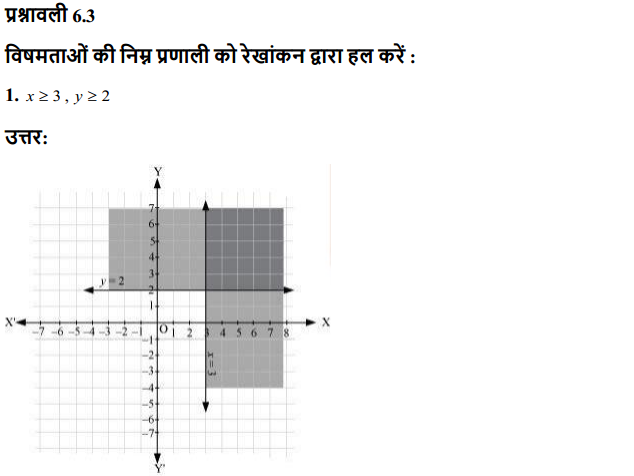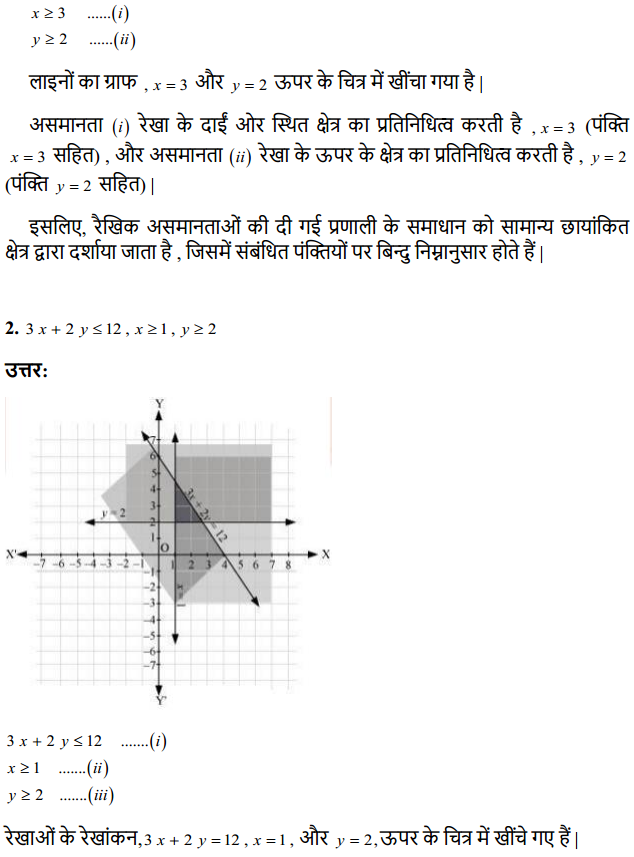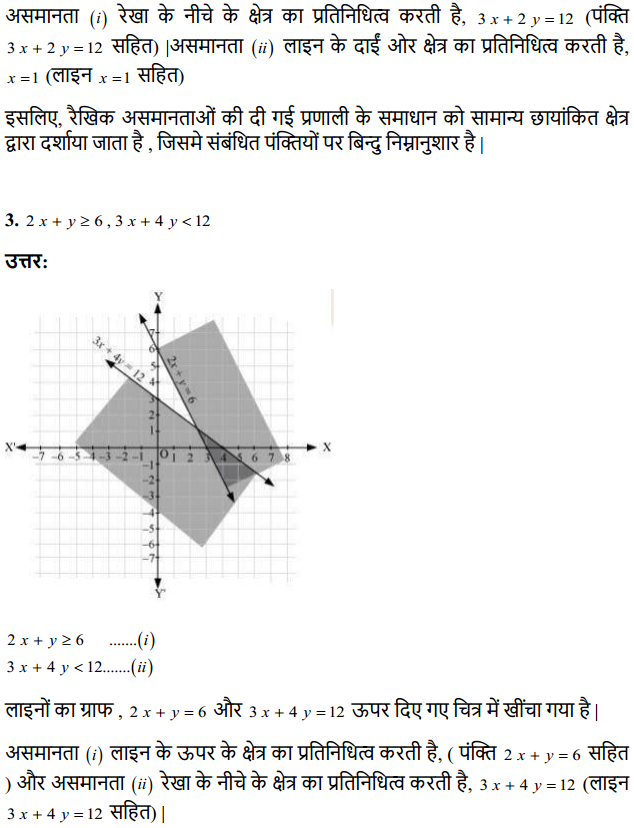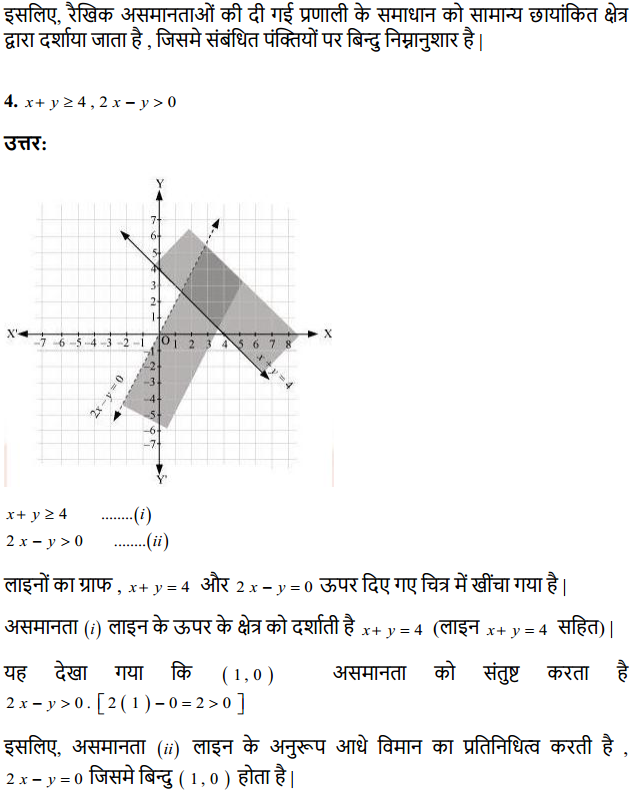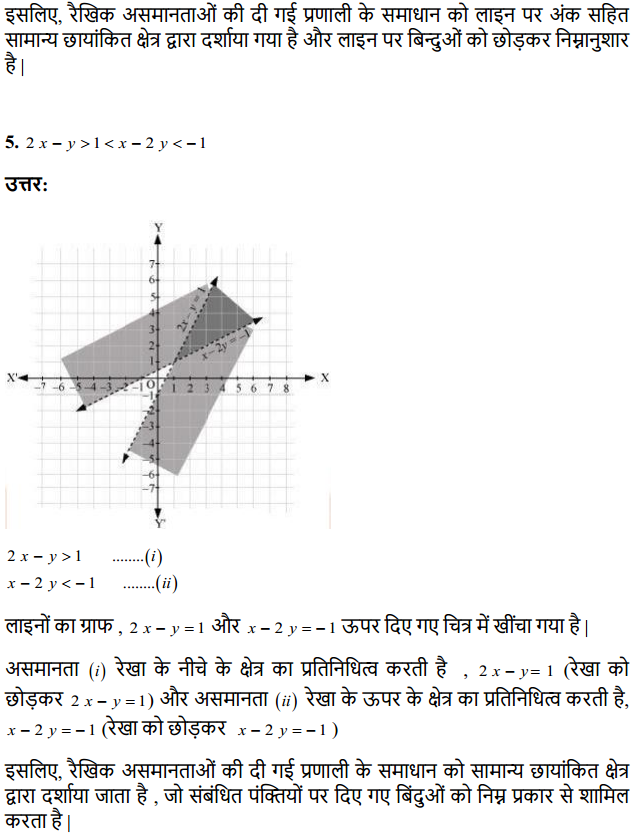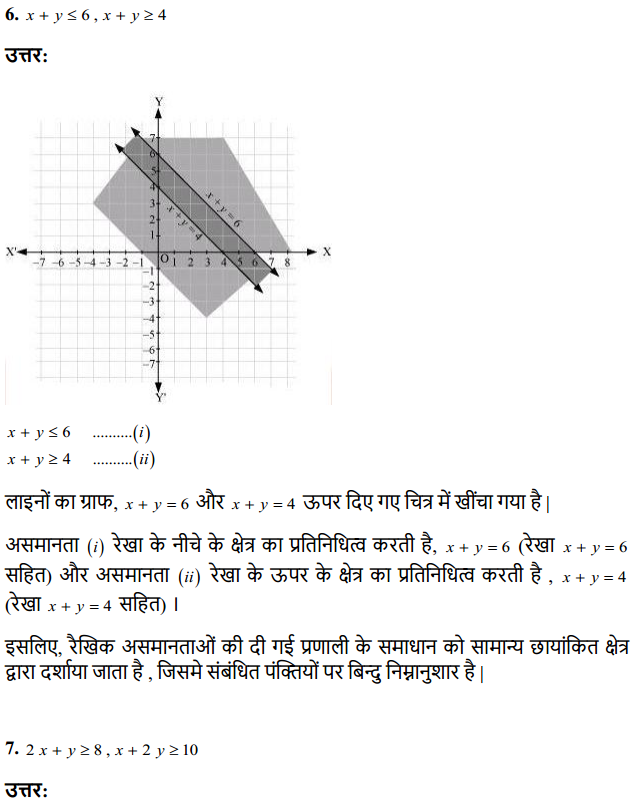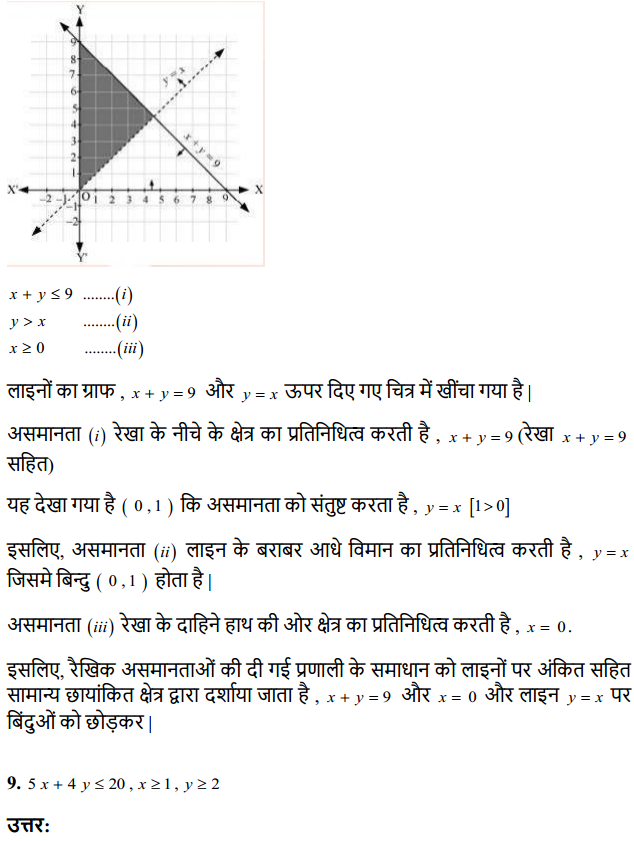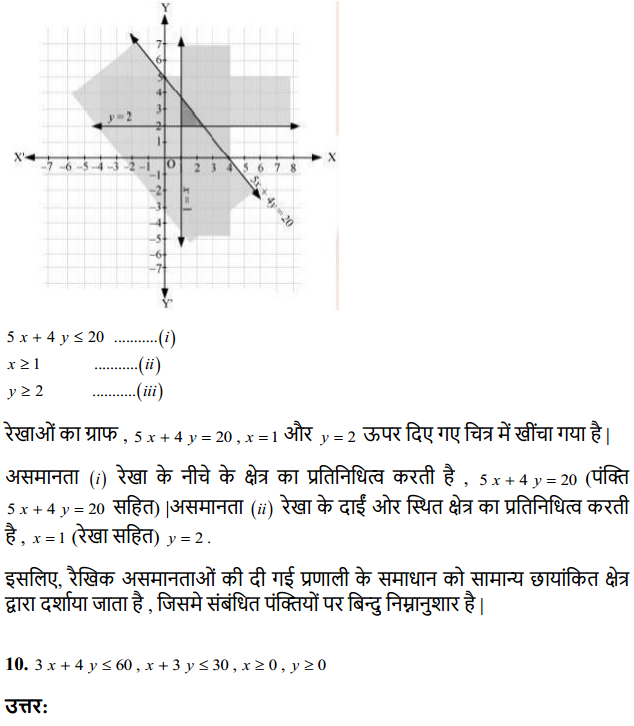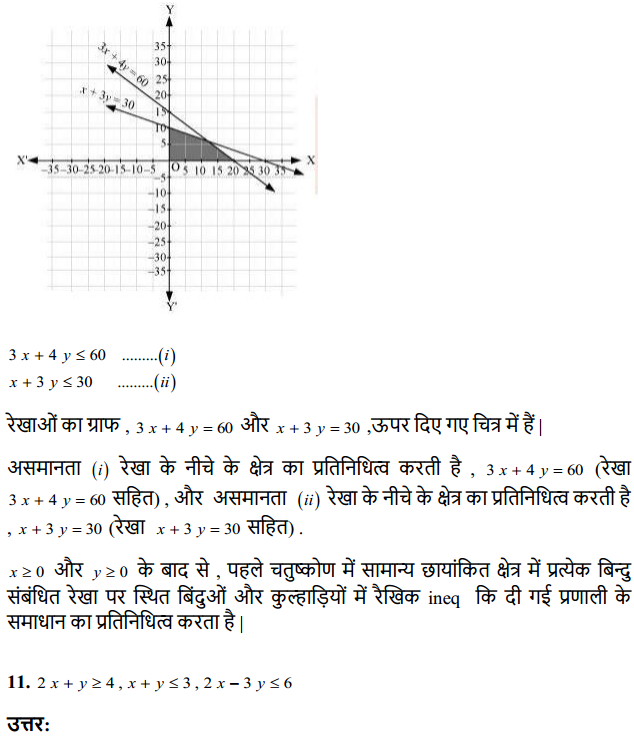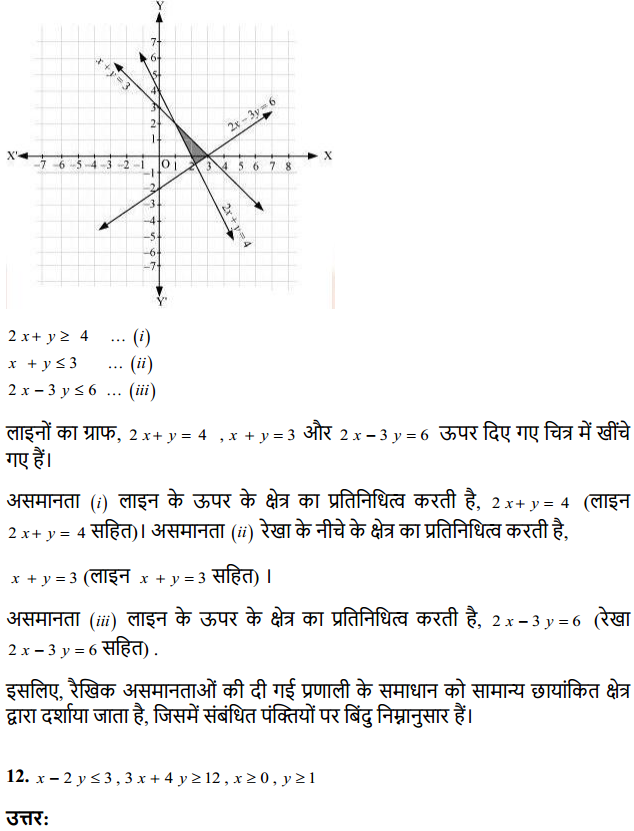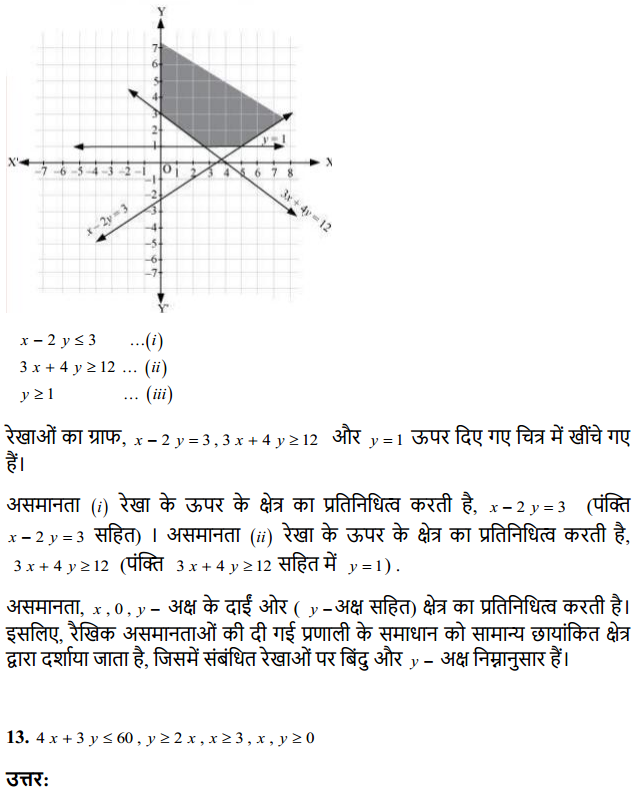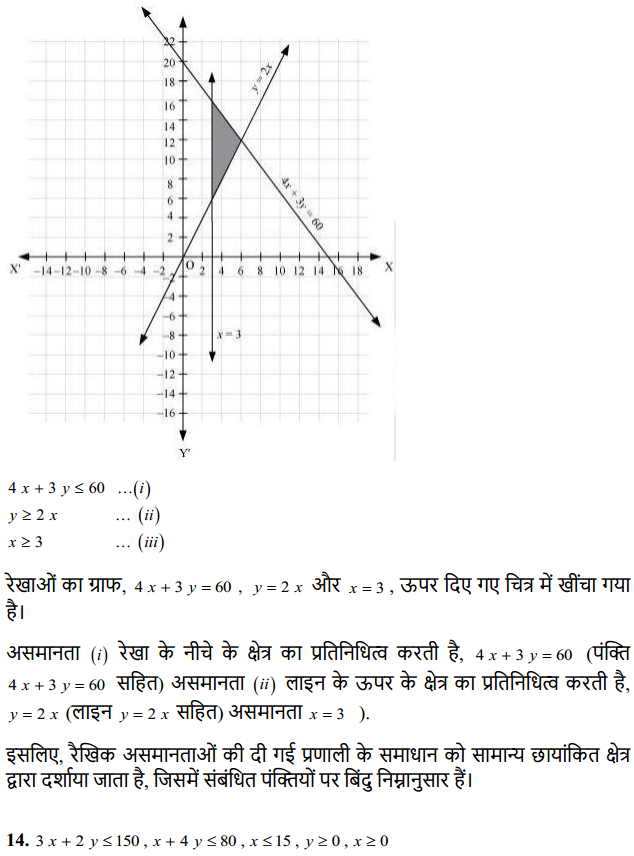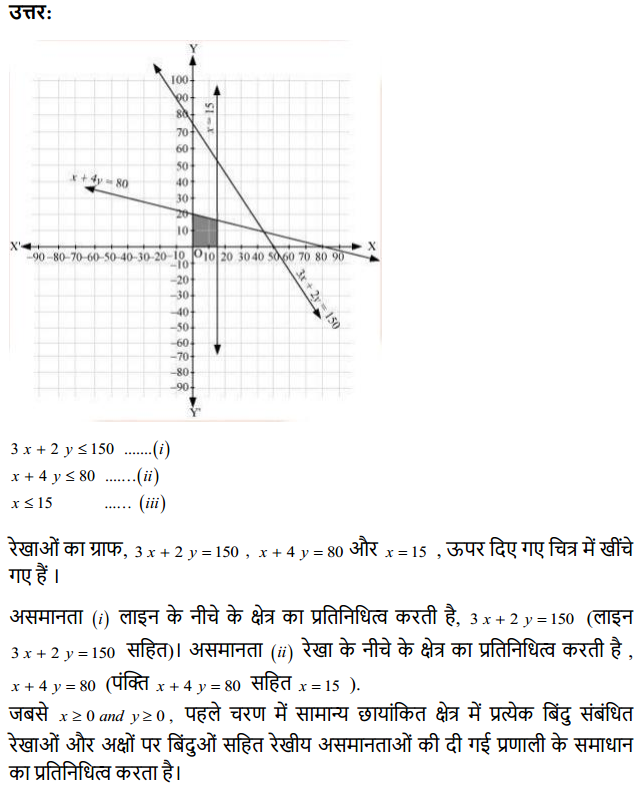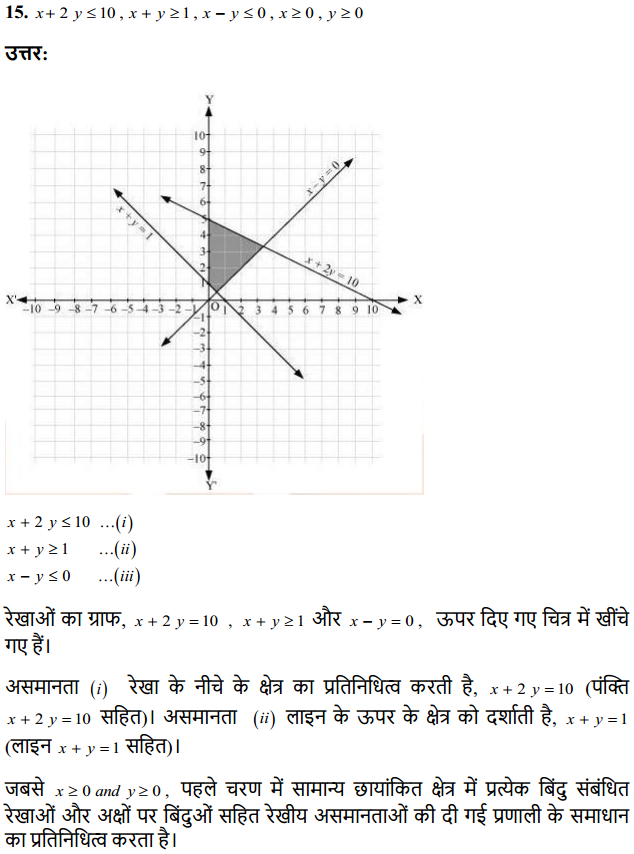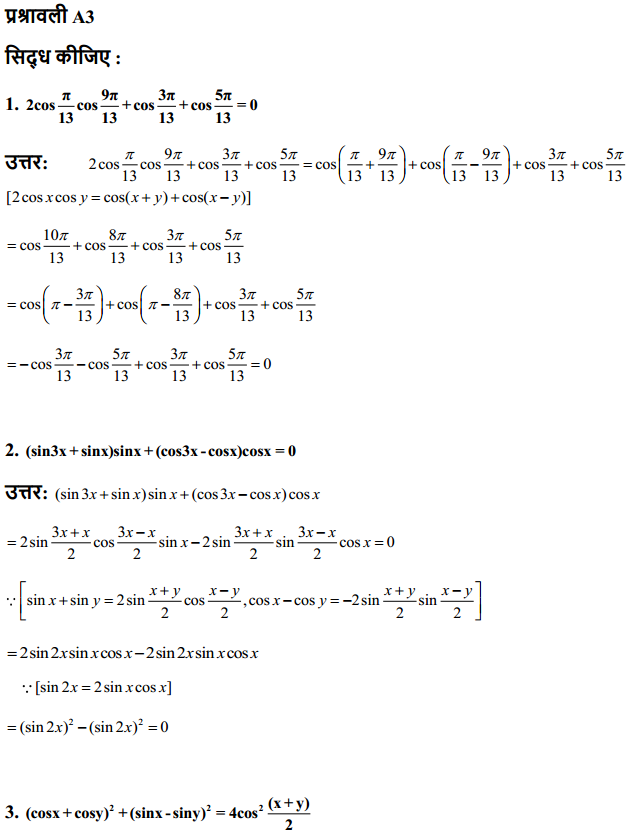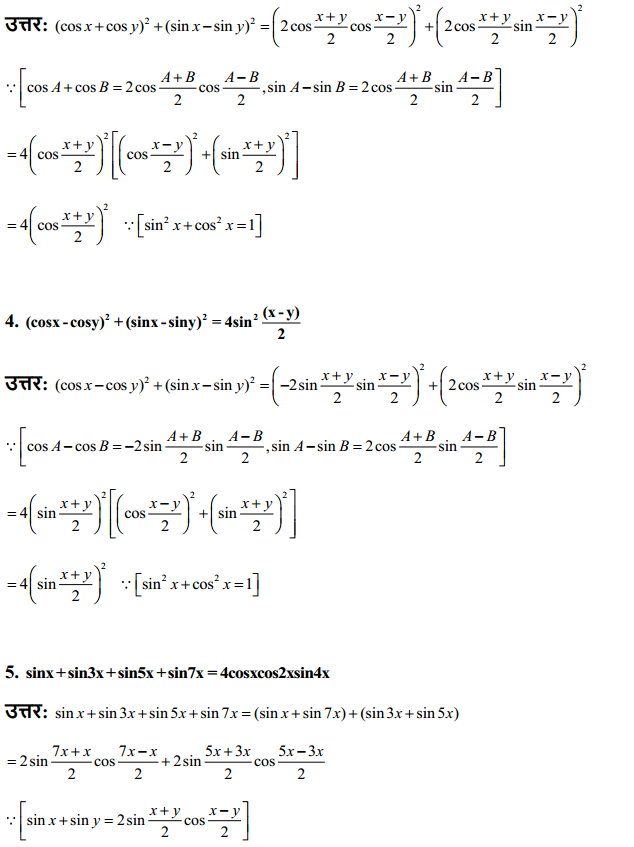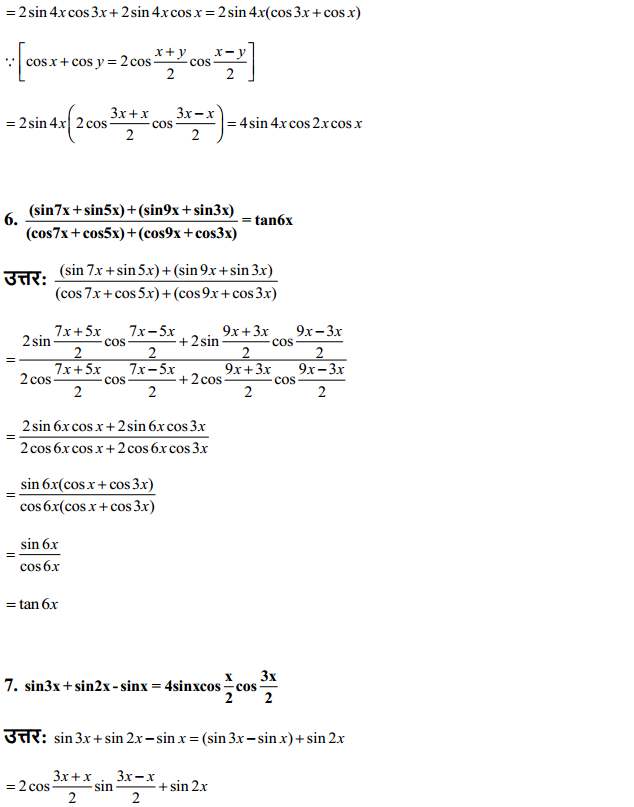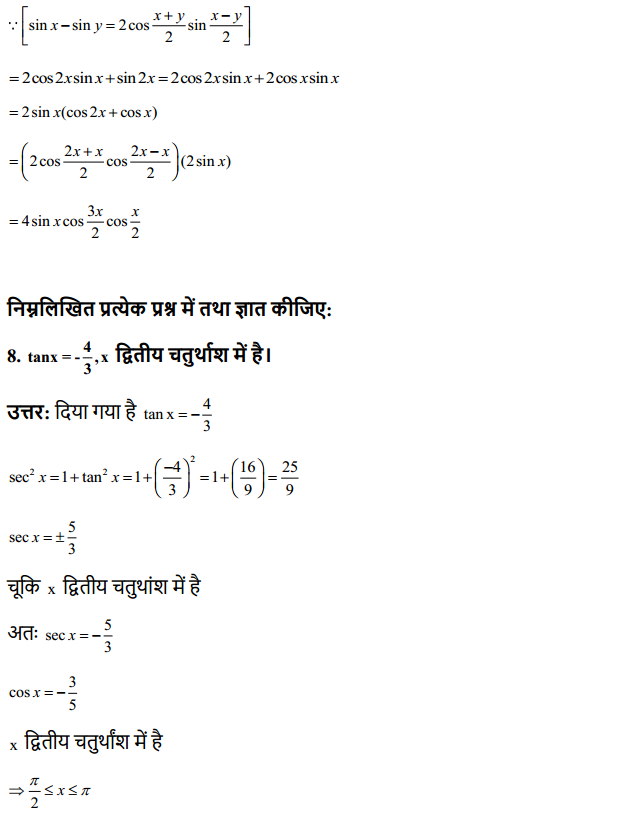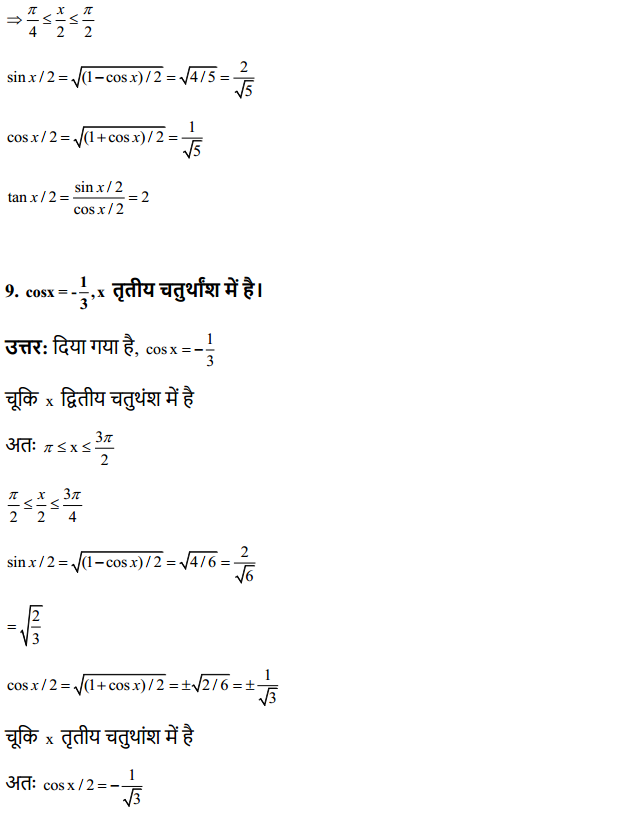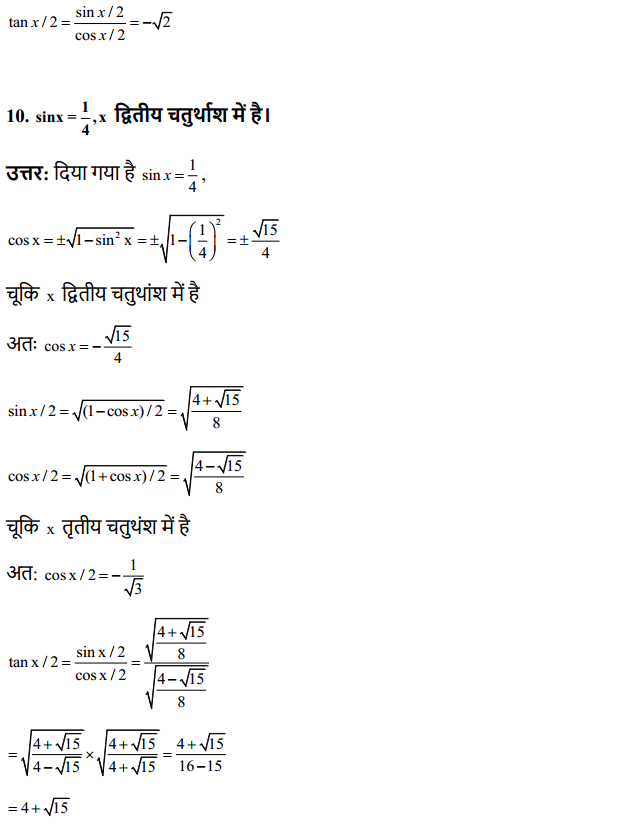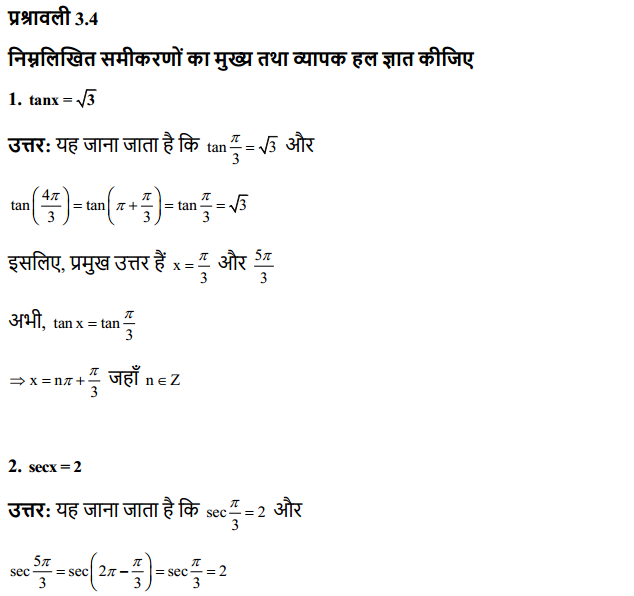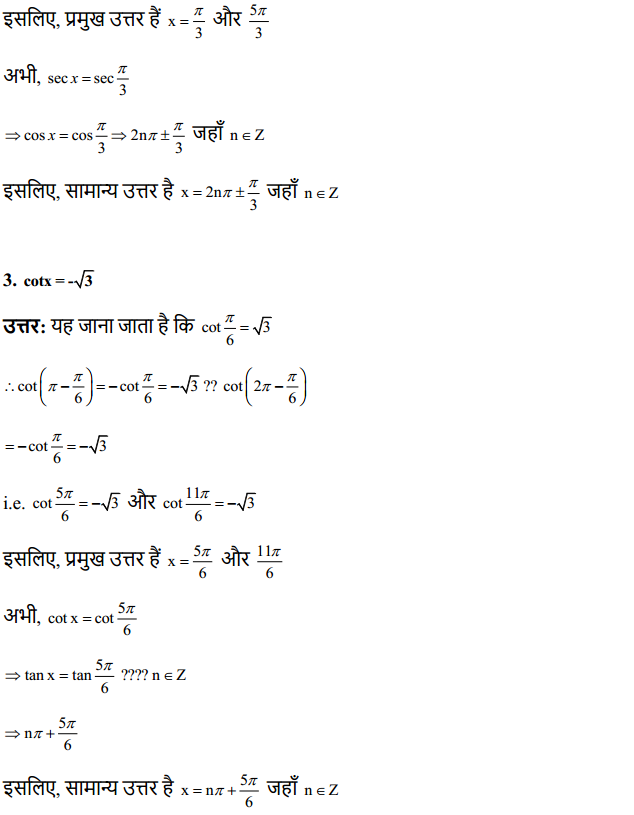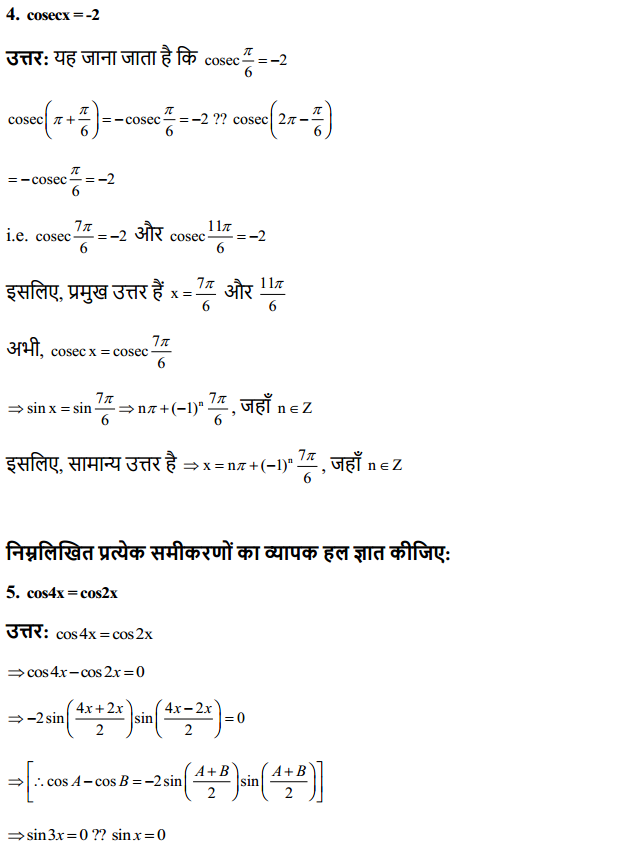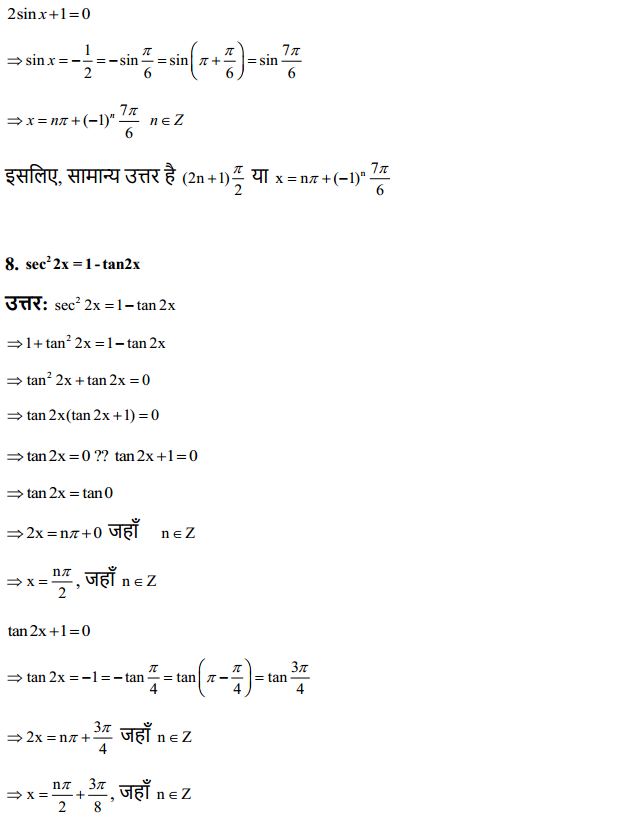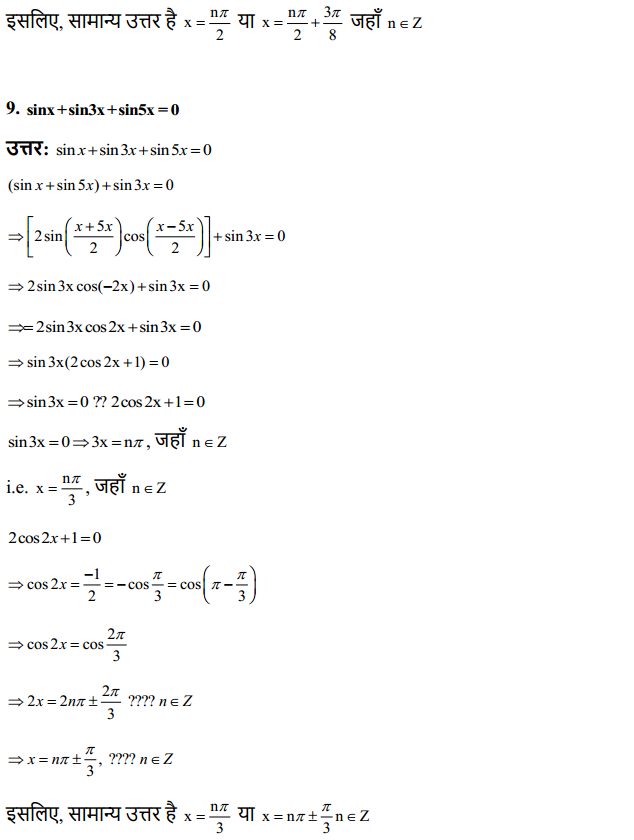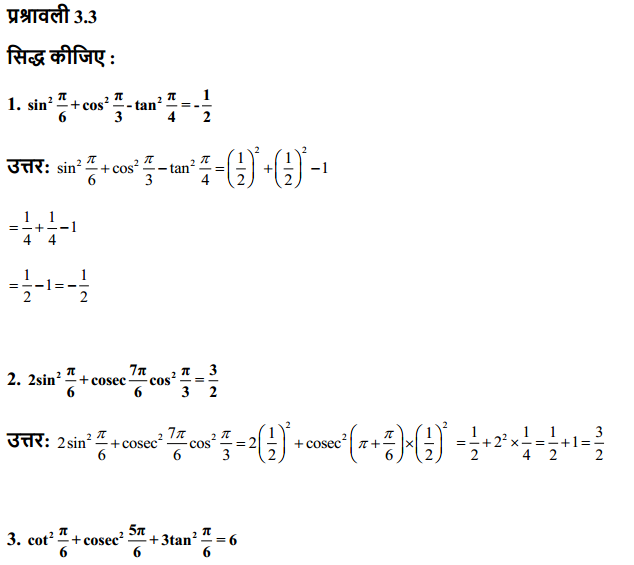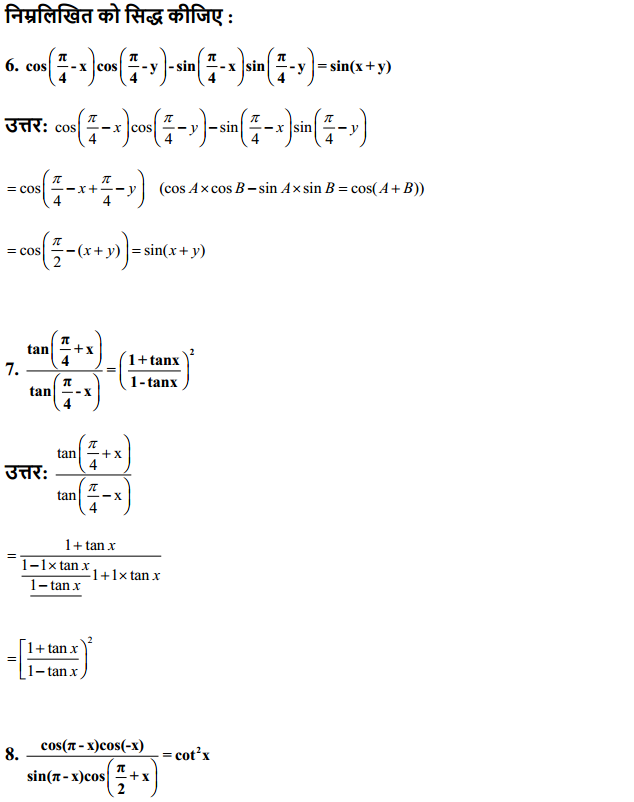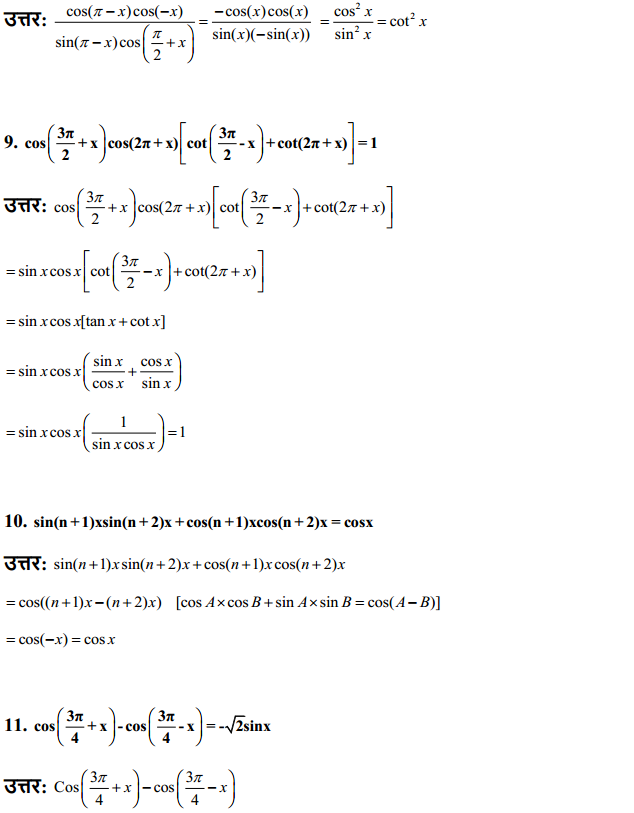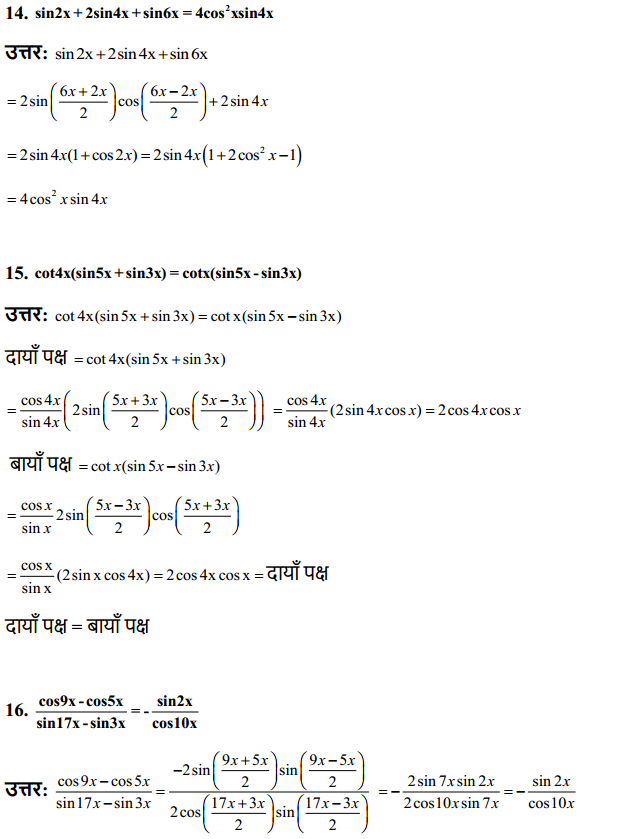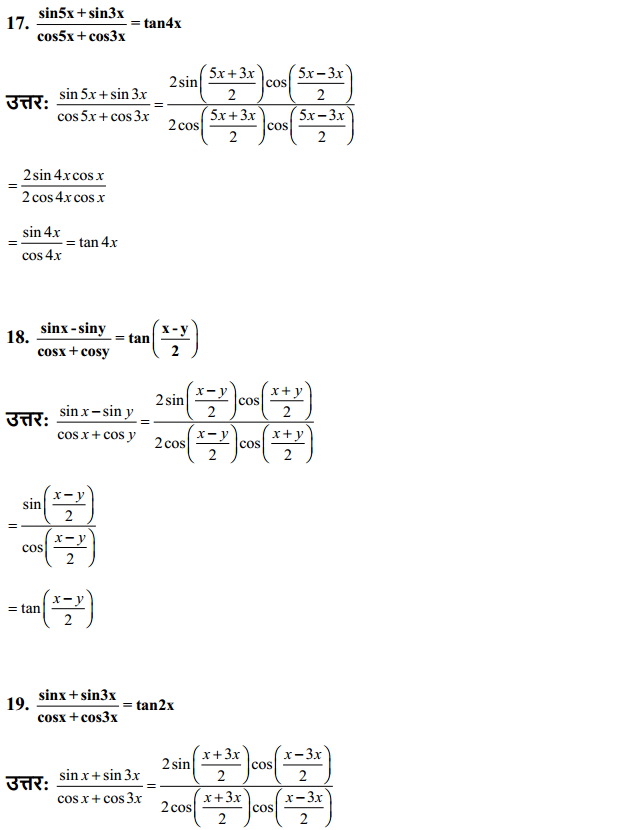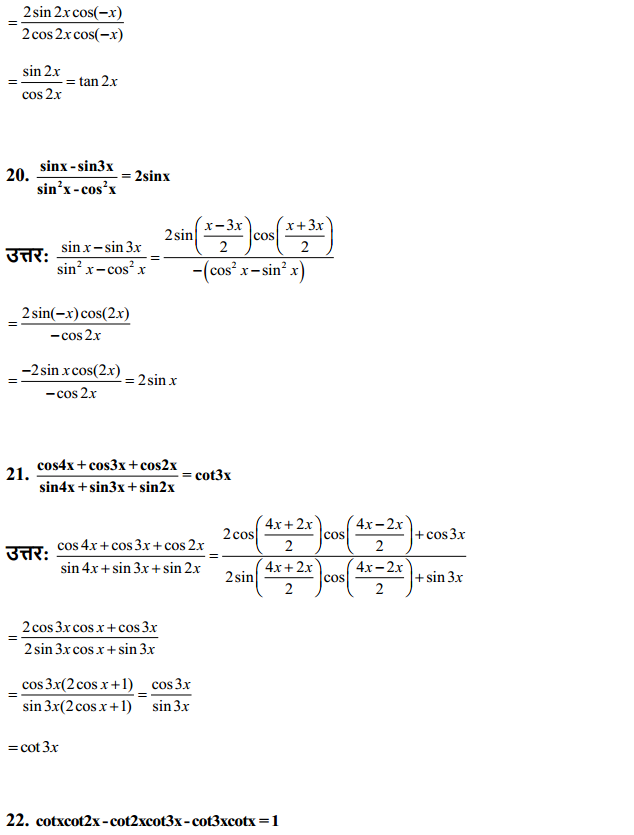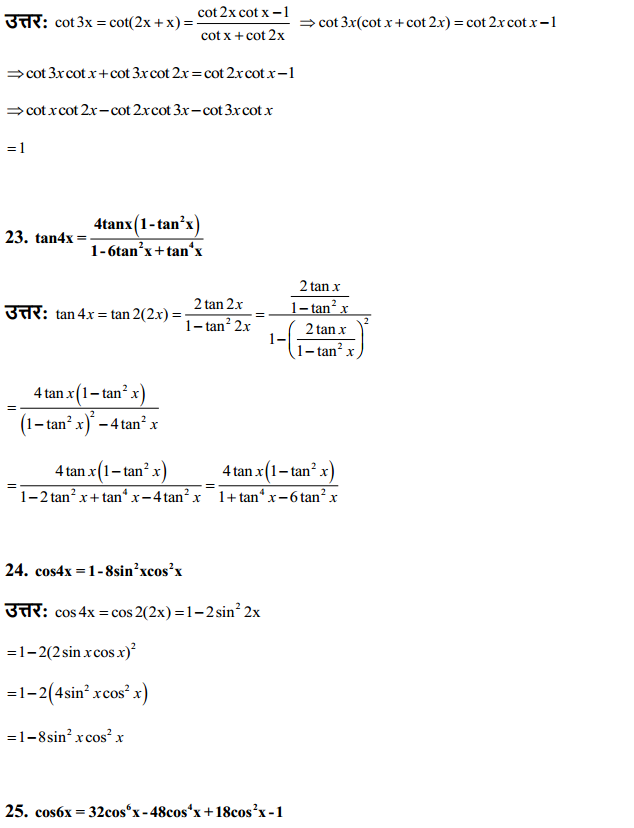Haryana State Board HBSE 10th Class Social Science Solutions Economics Chapter 4 Globalisation and the Indian Economy Textbook Exercise Questions and Answers.
Haryana Board 10th Class Social Science Solutions Economics Chapter 4 Globalisation and the Indian Economy
HBSE 10th Class Economics Globalisation and the Indian Economy Intext Questions and Answers
Let’s Work This Out (Page No. 57)
Economics Chapter 4 Class 10 Question Answers HBSE Question 1.
Complete the following statement to show how the production process in the garment industry is spread across countries.
The brand tag says ‘Made in Thailand’ but they are not Thai products. We dissect the manufacturing process and look for the best solution at each step. We are doing it globally. In making garments, the company may, for example, get cotton fibre from Korea,
Answer:
The brand tag says ‘Made in Thailand’, but they are not Thai products. We dissect the manufacturing process and look for the best solution at each step. We are doing it globally. In making garments, the company may, for example, get cotton fibre from Korea, China and India, which may be cheap manufacturing locations. India has highly skilled engineers, relevant to garments’ industry, who can understand the technical aspects of production. It also has educated, English- speaking youth, who can provide customer care services.
Let’s Work These Out (Page No. 59)
Read the following passage and answer the questions :
Ford Motors, an American Company, is one of the world’s largest automobile manufacturers with production spread over 26 countries of the world. Ford Motors came to India in 1995 and spent ₹ 1700 crore to set up a large plant near Chennai. This was done in collaboration with Mahindra and Mahindra, a major Indian manufacturer of jeeps and trucks. By the year 2017, Ford Motors was selling 88,000 cars in the Indian markets, while another 1,81,000 cars were exported from India to South Africa, Mexico and Brazil. The company wants to develop Ford India as a component supplying base for its other plants across the globe.

Class 10 Economics Chapter 4 Questions And Answers HBSE Question 1.
Would you say Ford Motors is a MNC? Why?
Answer:
Yes, Ford Motors is certainly an MNC, because it operates in many countries across the world, India being one of them. This multinational corporation is headquartered in the USA.
Globalisation and the Indian Economy Chapter 4 HBSE 10th Class Question 2.
What is foreign investment? How much did Ford Motors invest in India?
Answer:
The investment made by MNCs for production in other countries is called foreign investment. Ford Motprs has invested? 1700 crore in India.
Question 3.
By setting up their production plants in India, MNCs, such as Ford Motors, tap the advantage, not only of the large markets that countries such as India provide but also the lower costs of production. Explain the statement.
Answer:
Generally, MNCs set up production where it is close to the markets, where there is skilled and unskilled labour available at low prices, where the availability of other factors of production is assured and there are favourable government policies of related countries. India has become a favourite country of MNCs, due to availability of all the above facilities. That’s why, MNCs, such as Ford Motors, have set up their production plants in India, and gained profit.
Question 4.
Why do you think the company wants to develop India, as a base for manufacturing car components for its global operations? Discuss the following factors :
(a) cost of labour and other resources in India
(b) the presence of several local manufacturers who supply auto parts to Ford Motors
(c) closeness to a large number of buyers in India and China.
Answer:
The Ford Motors Company wants to develop India, as a base for manufacturing car components, for its global operations as –
- The company can get skilled and unskilled labour at cheap rates in India. Besides, it can get other necessary resources of production at reasonable rates.
- There are many small production units that have the efficiency to handle the cost, quality and labour conditions and can easily supply small parts to the company.
- India and China are neighbouring countries. Both countries can provide a large market to the company.
Question 5.
In what ways will the production of cars by Ford Motors in India lead to interlinking of production?
Answer:
The production of cars, by Ford Motors in India, will lead to interlinking of production because this company is set up in India in collaboration with Mahindra and Mahindra. Mahindra and Mahindra is also a major Indian manufacturer of jeeps and trucks and several small companies of India can get a chance to work with such big companies.

Question 6.
In what ways is an MNC different from other companies?
Answer:
MNC is different from other companies in the following ways :
MNCs:
- MNCs own or control the production in more than one country.
- MNCs set up their offices and factories for production in other countries.
- There is a high level of capital investment.
- They earn huge profits due to the availability of resources at cheap rates.
- MNCs produce at a large scale.
- MNCs compete globally.
Other companies:
- Other companies own and control production only in one country.
- Other companies set up their offices and factories for production in one country.
- There is low level of capital investment.
- They earn lesser profit due to lack of resources.
- Other companies produce at small scale.
- Other companies compete with, their local competitors.
Question 7.
Nearly all major multinationals are American, Japanese or European, such as Nike, Coca-cola, Pepsi, Honda, Nokia. Can you guess why?
Answer:
Almost all major multinationals are American, Japanese or European because these countries are developed countries. MNCs require a huge amount of money, latest technology, skilled management, entrepreneurial capability of high scale production etc., for expanding their production and markets in .other countries. Generally, poor countries do not have these resources. That’s why, nearly all major multinationals are American, Japanese or European.
Let’s Work These Out (Page No. 61)
Question 1.
What was the main channel connecting countries in the past ? How is it different now?
Answer:
Foreign trade was the main channel, connecting countries in the past.
Now, Foreign trade results in connecting the markets or integration of markets of different countries.

Question 2.
Distinguish between foreign trade and foreign investment.
Answer:
Foreign Trade: Foreign trade is a way of trading, in which, a market of a country is connected and integrated with the markets of different countries. It creates an opportunity for the producers to reach beyond the domestic markets.
Foreign Investment: Investment made by MNCs is called foreign investment. It is made with the hope, that these assets will earn profits.
Question 3.
in recent years China has been importing steel from India. Explain how the import of steel by China will affect –
(a) steel companies in China.
(b) steel companies in India.
(c) industries buying steel for production of other industrial goods in China.
Answer:
(a) Steel Companies in China: Steel companies in China will get cheap and
good quality steel.
(b) Steel Companies in India: Steel companies in India will earn good profit and extend their trades.! On the other hand, if export increases more, then Indian companies will suffer and face many problems, like-lack of raw materials, high cost of raw material and finished goods, etc.
(c) Industries buying steel for Production of other Industrial goods in China: Industries buying steel for production of other industrial goods in China will get cheap and sufficient raw material, as per their requirement. Therefore, total industrial production of China will increase.

Question 4.
How will the import of steel from India into the Chinese markets lead to integration of markets for steel in the two countries? Explain.
Answer:
The import of steel from India into the Chinese markets will lead to integration of markets for steel in the two countries in the following ways :
(i) It will help the Chinese steel market to get cheap and good quality raw material.
(ii) It will help the Indian steel companies to earn more foreign exchange.
Let’s Work These Out (Page No. 62)
Question 1.
What is the role of MNCs in the globalisation process?
Answer:
MNCs are playing an important role in the globalisation process. More and more goods and services are available to people. New techniques and technologies are moving from one country to another. People move from one country to another in search of better jobs, better education etc. Most regions of the world are coming in close contact with each other, just because of MNCs.
Question 2.
What are the various ways in which countries can be linked?
Answer:
The various ways in which countries can be linked are as follows :
- Movement of people from one country to another.
- Movement of goods and services between various countries.
- Foreign trade between various countries.
- By increasing the number of MNCs.
- Movement of latest technology from one country to another.
Question 3.
Choose the correct option :
Globalisation, by connecting countries, shall result in :
(a) lesser competition among producers.
(b) greater competition among producers.
(c) no change in competition among producers.
Answer:
(b) greater competition among producers.

Let’s Work These Out (Page No. 63)
A news magazine published for London readers is to be designed and printed in Delhi. The text of the magazine is sent through Internet to the Delhi office. The designers in the Delhi office get orders on how to design the magazine from the office in London using telecommunication facilities. The designing is done on a computer. After printing, the magazines are sent by air to London. Even the payment of money for designing and printing from a bank in London to a bank iii Delhi is done instantly through the Internet (e-banking)!
Question 1.
In the above example, underline the words describing the use of technology in production. .
Answer:
A news magazine published for London readers is to be designed and printed in Delhi. The text of the magazine is sent through internet to the Delhi office. The designers in the Delhi office get orders on how to design the magazine from the office in London using telecommunication facilities. The designing is done on a computer. After printing, the magazines are sent by air to London. Even the payment of money for designing and printing from a bank in London to a bank in Delhi is done instantly through the Internet (e-banking)! . ‘
Question 2.
How is information technology connected with globalisation? Would globalisation have been possible without the expansion of IT?
Answer:
In modern times, technology, in the area of telecommunication, computers, internet, has been changing rapidly. Telecommunication facilities, such as telegraph, tele¬phone including mobile phones, fax, are used to contact one another around the world to access information instantly and to communicate in remote areas. This has been facilitated by satellite communication devices.
The computer has now entered almost every field of activity. Information and communication technology has played a major role in spreading out the production of services across countries. No, globalisation would have not been possible without the expansion of IT. In this modern world, business is not possible without information technology.

Let’s Work These Out (Page No. 64)
Question 1.
What do you understand by liberalisation of foreign trade?
Answer:
Liberalisation means removing unnecessary trade restrictions and making the economy more competitive. The policy of removing barriers and restrictions from exports and imports of government, is known as liberalisation of foreign trade.
Question 2.
Tax on imports is one type of trade barriers. The government could also place a limit on the number of goods that can be imported. This is known as quotas. Can you explain, using the example of Chinese toys, how quotas can be used as trade barriers? Do you think this should be used? Discuss.
Answer:
If Indian government implements import quota, then the importer country cannot buy Chinese toys more than the quota. Those who wish to import these toys, would have to pay tax on this. Because of the tax, buyers will have to pay a higher price for imported toys. Chinese toys will no longer be cheaper in the Indian markets and imports from China will automatically reduce. Indian toy makers will prosper. No, I don’t think it should be used, because now, the time has reached for Indian producers to compete with foreign producers, as it would improve the performance of producers within the country, since they would have to improve their quality.
Let’s Work These Out (Page No. 66)
Question 1.
Fill in the blanks :
WTO was started at the initiative ……………. of countries. The aim of the WTO is to ………….. WTO establishes rules regarding ……………. for all countries, and sees that ………….. In practice, trade between countries is not ………….. Developing countries like India have ………….. whereas developed countries, in many cases, have continued to provide protection to their producers.
Answer:
WTO was started at the initiative of developed countries. The aim of the WTO is to liberalise International Trade. WTO establishes rules regarding international Trade for all countries, and sees that these rules are obeyed or not. In practice, trade between countries is not fair and free. Developing countries like India have removed trade barriers, whereas developed countries, in many cases, have continued to provide protection to their producers.

Question 2.
What do you think can be done so that trade between countries is more fair?
Answer:
I think, the following attempts can be made, so that trade between countries is more fair :
- Unnecessary restrictions on foreign trade and foreign investment should be removed.
- Trade barriers should be removed.
- Policy of liberalisation should be adopted.
- All countries should follow the rules of WTO regarding trade.
Question 3.
In the above example, we saw that the US government gives massive sums of money to farmers for production. At times, governments also give support to promote the production of certain types of goods, such as those which are environmentally friendly. Discuss whether these are fair or not.
Answer:
No, these are unfair. The US government wants to capture the world market through industrial production, as well as agricultural production. For this, massive money was given to farmers for production. US farmers can sell farm products at the lowest prices. The surplus farm products are sold in other country markets at lower prices. This will adversely affect farmers in developing countries such as India.

Therefore, developing countries are asking the developed country governments, “We have reduced trade barriers as per WTO rules, but you have ignored the rules of WTO and have continued to pay your farmers vast sums of money. You have asked our governments to stop supporting our farmers, but you are doing that yourself. Is this free and fair trade?” Yes, this may be fair, if only monetary help is given for increment in production as per demand, but this condition should be applicable for all goods.
Let’s Work These Out (Page No. 67)
Question 1.
How has competition benefited people in India?
Answer:
Competition has benefited people in India in the following manner :
- Due to competition, people are able to get goods at cheaper rate and with better quality.
- Consumers, particularly the well-off sections in the urban areas, have a wide range of goods and services. They are enjoying variety of goods and services at cheaper rates.
- People are enjoying much higher standards of living today.
- MNCs have invested in industries, such as-cell phones, automobiles, electronics, soft drinks, fast food or services, like banking, in urban areas. In these industries and services, new jobs have been created.
- Some companies in India, supplying raw materials etc. to MNCs, have prospered.
- Several top Indian companies have invested in newer technology and production methods and raised their production standards.
- Some companies have gained from successful collaborations with foreign companies.
- Some large Indian companies have emerged as multinationals, such as – Tata Motors, Infosys, Ranbaxy, Asian Paints etc.
- New opportunities have been created for companies, providing services, particularly those, involving IT.
Question 2.
Should more Indian companies emerge as MNCs? How would it benefit the people in the country?
Answer:
Yes, more Indian companies should emerge as MNCs. It would benefit the people of the country as follows:
- It will provide employment opportunities to the people of the country.
- It would make available, the goods at cheaper rates to the people, due to competition between companies.
- It will improve the standard of goods because of the use of new technology and production methods.
- These companies will earn more foreign exchange for the country.
Question 3.
Why does government try to attract more foreign investment?
Answer:
Government tries to attract more foreign investment because of the following reasons :
- For building basic infrastructure of the country.
- For industrial development.
- For technological development.
- For agricultural development.
- For increasing job opportunities in the country.
Question 4.
In chapter 1, we saw what may be development for one may be destructive for others. The setting of SEZs has been opposed by some people in India. Find out who are these people and why are they opposing it.
Answer:
In recent years, the central and state governments in India have taken special steps to attract foreign companies to invest in India. In this reference, Special Economic Zones (SEZs) are being set up. Some people are opposed to the setting of SEZs. These people are farmers and tribals. They are opposing it because this may appropriate the land and disrupt the lives of people who are displaced.

Let’s Work These Out (Page No. 68)
Question 1.
What are the ways in which Ravi’s small production unit was affected by rising competition?
Answer:
Ravi took a loan from the bank, to start his own company producing capacitors, in the year 1992, at Hosur in Tamil Nadu. Within three years, he was able’ to expand production. His struggle to run his company started when the government removed restrictions on imports of capacitors, as per its agreement at WTO, in 2001.
However, competition from the MNC brands forced the Indian television companies to move into assembling activities for MNCs. Even when some of them bought capacitors, they would prefer to import, as the price of the imported item was half the price charged , by people like Ravi. Ravi now produces less than half the capacitors that he produced in the year 2000. Many of Ravi’s friends, in the same business, have closed their units.
Question 2.
Should producers such as Ravi stop production because their cost of production is higher compared to producers in other countries? What do you think?
Answer:
No, producers like Ravi should not stop production. They should improve the quality of their production by adopting latest technology and production methods. They should > reduce cost of production to compete with the producers of the other countries.
Question 3.
Recent studies point out that small producers in India need three things to compete .. better in the market
(a) better roads, power, water, raw materials, marketing and information network
(b) improvements and modernisation of technology
(c) timely availability of credit at reasonable interest rates.
Can you explain how these three things would help Indian producers?
Do you think MNCs will be interested in investing in these? Why?
Do you think the government has a role in making these facilities available? Why?
Can you think of any other step that the government could take? Discuss.
Answer:
(i) All these three things
(a) better roads, power, water, raw materials, marketing and information network,
(b) Improvements and modernisation of technology,
(c) timely availability of credit at reasonable interest rates, are necessary for Indian f>roducers.
(1) Better roads would help in transportation of raw materials and produced goods.
(2) Power, water, raw materials, would help in rapid production of goods.
(3) Marketing and information network would help in selling of produced goods.
(4) Improvements and modernisation of technology would help in quality production.
(5) Timely availability of credit at reasonable interest rates would inspire the Indian producers to invest in modem and high technology and production methods. It would reduce the prices of goods and make their quality standard of goods high.

(ii) Yes, MNCs will definitely invest in these zones because they will get all the necessary facilities under one roof and these may prove to be cheaper for them.
(iii) Yes, I think the government has a major role in making these facilities available. These facilities require a huge amount of money. Such a large expense of money is possible only with the support of the government. It is very difficult for the private sector to make it easily possible.
(iv) Yes, the government can adopt following suggestions :
- The government can liberalise its other trade rules.
- It can decrease the paper work.
- It can reduce other formalities.
- It can reduce corruption, prevalent in government offices.
- It can invite NRIs to make investment in India.
- It can avail more facilities to industrialists.
Let’s Work These Out (Page No. 70)
Question 1.
In what ways has competition affected workers, Indian exporters and foreign MNCs in the garment industry?
Answer:
Workers in the garment industry :
- Now their jobs are not secure.
- They are employed on temporary basis.
- They have to put. in very long working hours.
- They are paid low wages.
- They work in night shifts on regular basis during the peak season.
- They do not get fair share of benefits brought in by globalisation.
Indian exporters in the garment industry:
- Indian exporters are getting large orders.
- They try hard to cut their own costs to reduce production cost of the garment.
- They try to cut labour costs to reduce the cost of raw materials.
- They employ workers on a temporary basis, so that they do not have to pay workers for the whole year.

Foreign MNCs in the garpvent industry:
- MNCs look for the cheapest goods in order to maximise their profits.
- Competition among the garment exporters has allowed the MNCs to make large profits.
Question 2.
What can be done by each of the following so that the workers can get a fair share of benefits brought by globalisation?
(a) Government
(b) Employers at the exporting factories
(c) MNCs
(d) Workers
Answer:
The below-given measures can be adopted so that the workers can get a fair share of benefits brought by globalisation :
(a) Government:
The government can make some labour laws in favour of workers, such as, a permanent appointments for the whole year, regular wages and working hours etc. Government can force producers to implement these laws and can provide protection to workers. It can help the workers to get their rights.
(b) Employers at the exporting factories: They can help the workers by following the rules and regulations laid by government. They can provide them some benefits and facilities, such as – fair wages, job security, fixed working hours, overtime wages, health insurance, provident fund etc.
(c) MNCs: If MNCs want, they can help the government to make globalisation fair, by implementing the labour laws and other norms of the government. They should place orders to those exporters, who follow labour laws strictly.
(d) Workers: Workers should work honestly in interest of their employer company. They should avoid strikes, lockouts, industrial violence etc. They should establish labour unions, to settle their demands with government and employers.

Question 3.
One of the present issues of debate in India is, whether companies should have flexible policies for employment. Based on what you have read in the chapter, summarise the point of view of the employers and workers.
Answer:
One of the present issues of debate in India is whether companies should have flexible policies for employment.
Based on the chapter, the point of view of the employers and workers are as follows:
(i) The point of view of the employers: A large number of employers like to employ workers on a temporary basis. This means, that the jobs of workers are no longer secure. Employers try hard to reduce their costs, due to increased competition at the world level. They employ workers on a temporary basis so that they do not have to pay workers for the whole year.
(ii) The point of view of the workers: The lives of workers have changed by the pressure of competition and globalisation. Workers are not in favour of flexible policies of employment because their jobs are no longer secure just because of them. They do not get work for the whole year and they are forced to work overtime, to make both ends meet.
HBSE 10th Class Economic Globalisation and the Indian Economy Textbook Questions and Answers
Question 1.
What do you understand by globalisation? Explain in your own words.
Answer:
Globalisation is the process of rapid integration or inter-connection between countries. Globalisation encourages foreign trade and foreign investment. Under this, all barriers or restrictions on foreign trade are removed. Therefore, more and more goods and services, investments and technology move between countries, direct foreign investment increases, export and import increases. Therefore, level of production and productivity rises.

Question 2.
What were the reasons for putting barriers to foreign trade and foreign investment by the Indian Government? Why did it wish to remove these barriers?
Or
Why did Indian Government put barriers to foreign trade and investment?
Answer:
Government can use trade barriers to increase or decrease foreign trade and to decide what kinds of goods, and how much of each, should come into the country. The Indian government, after independence, had put barriers to foreign trade and foreign investment, to protect the producers within the country from foreign competition. Industries were just coming up in the 1950s and 1960s, and competition from imports at that stage, would not have allowed these industries to come up.
Thus, Indian government allowed imports of only essential items, such as – machinery, fertilisers, petroleum etc. and put barriers on foreign trade and foreign investment. The Indian Government wanted to remove these barriers, because in the starting of 1991, it was felt that the competition would improve the performance of producers within the country and help in economy’s growth. It had been decided, that the time had come for Indian producers, to compete with producers around the world.
Question 3.
How would flexibility in labour laws help companies?
Answer:
In the following way, flexibility in labour laws help companies :
- Companies employ workers only on a temporary basis, so that they do not have to pay workers for the whole year.
- It reduces the cost to employer because they pay less to the employees.
- Workers, also, have to put in very long working hours and work night shifts on a regular basis, during the peak season. In this way, companies make large profits.
Question 4.
What are the various ways in which MNCs set up, or control production in other countries?
Answer:
Following are the ways in which MNCs set up, or control production in other countries :
(i) By Joint Venture: Sometimes, MNCs make production in collaboration with domestic companies, within some other countries. Domestic company gets double profit by joint production – (1) MNCs can provide finance for investment, and (2) MNCs bring latest technology of production with them.
(ii) By Buying Domestic Companies: MNCs expand their production, by buying domestic companies.
(iii) By Ordering their Products from Small Producers: MNCs have another way to control production in other countries. MNCs, in developed countries, place order for production to small producers. Garments, footwear, sports items are examples of industries, where production is carried out by a large number of small producers around the world. These products are supplied to the MNCs, which sell these under them own brand name, to the customers.

Question 5.
Why do developed countries want developing countries to liberalise their trade and investment? What do you think should the developing countries demand in return?
Answer:
Developed countries want developing countries to liberalise their trade and investment, in order to expand their trade in developing countries, through foreign trade and foreign investment. To gain profit at the high rate, developed countries want to invest in developing countries. Yes, I think developing countries should demand free access to developed country’s market, removal of unfair trade barriers and more financial support. They should also demand to follow WTO rules regarding trade, so that they also can invest in developed countries.
Question 6.
“The impact of globalisation has not been uniform.” Explain this statement.
Answer:
The impact of globalisation has not been uniform. It is beneficial for some sections of society, while for some others, it has been harmful and bad. Many people have been deprived of profits of globalisation.
The above-mentioned statement can be explained as given below:
There are some positive and negative impacts of globalisation which are as follows:
1. Positive Impacts: There have been the following impacts of globalisation:
(i) There is greater competition among producers – Both, local and foreign producers, provide advantages to consumers. There is the greater choice before these consumers to enjoy the improved quality and lower prices for several products. Consequently, these people now enjoy much higher standards of living, than was possible earlier.
(ii) Globalisation has increased employment, comfort and improvised the lifestyle of the people. Thus, it has proved beneficial for some people of society.

2. Negative Effects:
- Some small industries have to bear a great loss, due to competition with multinational companies.
- Many labourers have been unemployed because many factories have been closed.
- Employment of workers has not been certain and safe.
- Employers are reducing wages. They are taking more work from workers.
- Globalisation has increased the difference between the poor and the rich.
Question 7.
How has the liberalisation of trade and investment policies helped the globalisation process?
Answer:
Liberalisation of trade and investment policies has helped the globalisation process in the following manner :
- Liberalisation of trade removes barriers of trade, and due to this, import and export between countries has become easier. It helps in the process of globalisation.
- Relaxation of rules and regulations encourages MNCs to invest in other countries, and this is a part of globalisation.
- Liberalisation makes MNCs free, to expand their market in other countries. This is the process of globalisation.
Question 8.
How does foreign trade lead to the integration of markets across countries? Explain with an example other than those given here.
Answer:
Foreign trade leads to the integration of markets across countries as given below:
- Almost all the countries have become dependent on each other. ‘
- Every country has to export goods and services.
- Foreign trade creates an opportunity beyond the domestic markets, i.e. markets of their own country.
- Substitutes of goods get increasingly available in the market.
Example: There is a sufficient production of cotton and woollen clothes in India. If any country demands for it, India can export it to that country. On the other hand, there is a lack of mineral oil in India, therefore mineral oil can be imported from any mineral oil producing country. In this way, foreign trade leads to integration of markets, across countries.

Question 9.
Globalisation will continue in the future. Can you imagine what the world would be like twenty years from now? Give reasons for your answer.
Answer:
Undoubtedly, globalisation will continue in the future. The world would be like a big market, twenty years from now. The reasons are as follows :
- There will be a global expansion of MNCs.
- The world markets will be close to each other, due to the expansion of MNCs.
- Foreign investment of MNCs will be increased.
- Skilled and unskilled labourers will be spread out in the whole world, due to the mobility of labour.
- Foreign trade will increase among various countries of the world.
- The flow of more and more goods, services, investments and technology will increase among various countries.
- employment will increase.
- People will be in a position to buy quality goods at the cheapest rates. This will improve the standard of living of people.
- MNCs will get benefited from the increased competition.
- Cultural values will be exchanged.
Question 10.
Suppose you find two people arguing: One is saying globalisation has hurt our country’s development. The other is telling, that globalisation is helping India develop. How would you respond to these arguments?
Answer:
One, who is saying that globalisation has hurt our country’s development, is not right, because globalisation is very important for the development of an economy. Globalisation has created employment opportunities. It has benefited rich consumers, producers, and skilled and educated workers. Direct Foreign Investment has increased. Globalisation has made the Indian economy more competitive. It has made India capable to face foreign competition.
globalisation has some bad effects on our economy. Some small producers and workers suffered through competition, due to globalisation. Some small factories have been shut down. The government should make attempts for fair globalisation. Fair globalisation would create opportunities for all and also ensure, that the benefits of globalisation are shared better.

Question 11.
Fill in the blanks –
Indian buyers have a greater choice of goods than they did two decades back. This is closely associated with the process of ………….. Markets in India are selling goods produced in many other countries. This means there is increasing ……………… with other countries. Moreover, the rising number of brands that we see in the markets might be produced by MNCs in India. MNCs are investing in India because …………….. While
consumers have more choices in the market, and the effect of rising …………… and ………….. has meant greater …………….. among the producers.
Answer:
Indian buyers have a greater choice of goods than they did two decades back. This is closely associated with the process of globalisation Markets in India are selling goods produced in many other countries. This means there is increasing trade with other countries. Moreover, the rising number of brands that we see in the markets might be produced by MNCs in India. MNCs are investing in India because of cheaper production costa While consumers have more choices in the market, the effect of rising demand and purchasing power has meant greater competition among the producers.
Question 12.
Match the following :
| (i) MNCs buy at cheap rates from small producers | (a) Automobiles |
| (ii) Quotas and taxes on imports are used to regulate trade | (b) Garments, footwear, sports items |
| (iii) Indian companies who have invested abroad | (c) Call centres |
| (iv) IT has helped in spreading of production of services | (d) Tata Motors, Infosys, Ranbaxy |
| (v) Several MNCs have invested in setting up factories in India for production | (e) Trade barriers |

(i) → (b)
(ii) → (e)
(iii) → (d)
(iv) → (c)
(v) → (a)
Question 13.
Choose the most appropriate option:
(i) The past two decades of globalisation has seen rapid movements in
(a) goods, services and people between countries.
(b) goods, services and investments between countries.
(c) goods, investments and people between countries.
Answer:
(b) goods, services and investments between countries.
(ii) The most common route for investments by MNCs in countries around the world
(a) set up new factories.
(b) buy existing local companies.
(c) form partnerships with local companies.
Answer:
(b) buy existing local companies.
(iii) Globalisation has led to improvement in living conditions –
(a) of all the people.
(b) of people in developed countries.
(c) of workers in developing countries.
(d) none of the above.
Answer:
(b) of people in the developed countries.

Additional Activity/Project
Take some branded products that we use every day (soaps, toothpaste, garments, electronic goods, etc.) Check which of these are produced by MNCs.
Note:
Do it yourself.
Take any Indian industry or service of your choice. Collect information and photographs from newspapers, magazine clippings, books, television, internet. Interview with people on the following aspects of the industry:
(i) Various producers/companies in the industry
(ii) Is the product exported to other countries?
(iii) Are there MNCs among the producers?
(iv) Competition in the industry
(v) Conditions of work in the industry
(vi) Has there been any major change in the industry in the past 15 years?
(vii) Problems that people in the industry face.
Note:
Do it yourself.
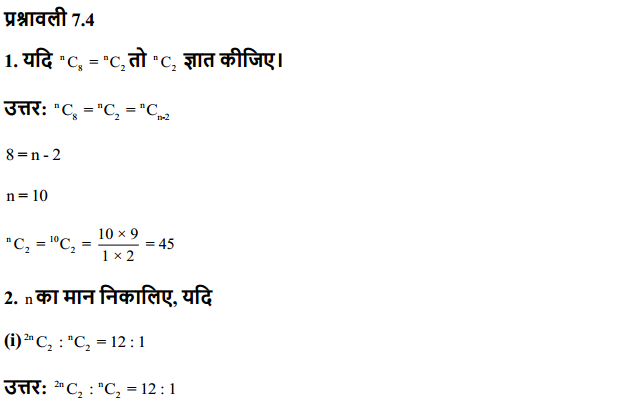
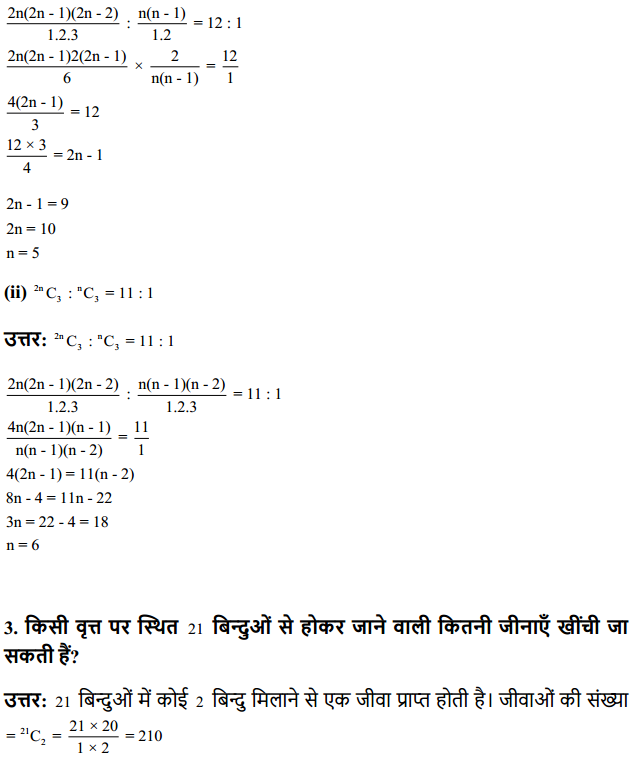
![]()
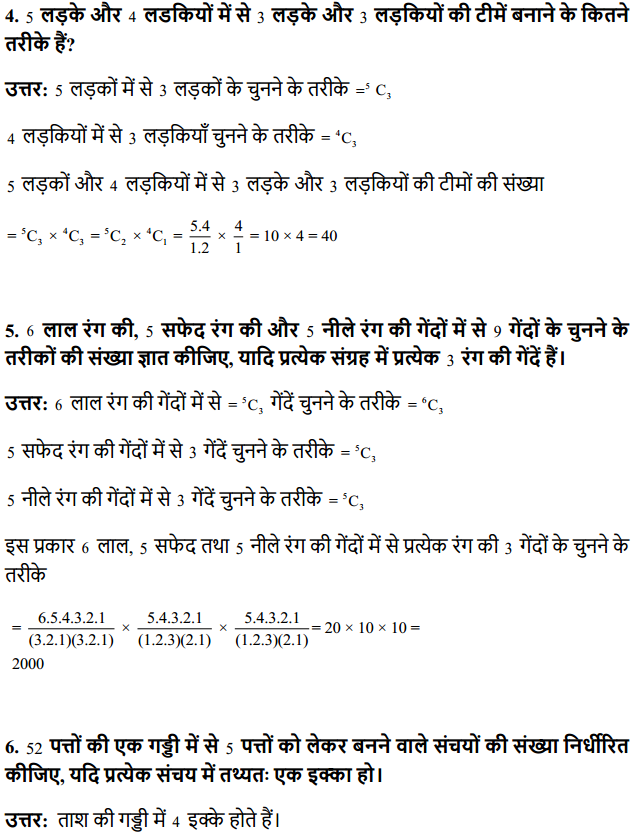
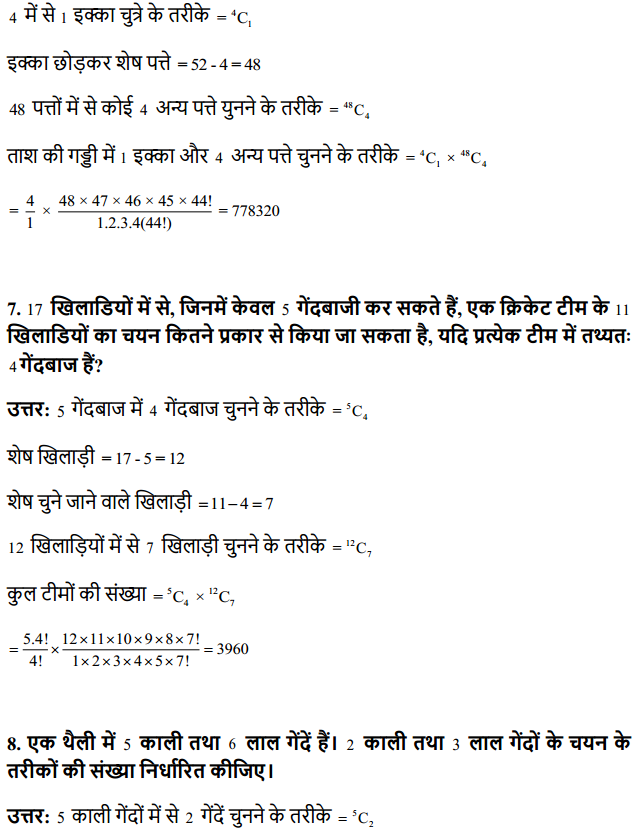
![]()
